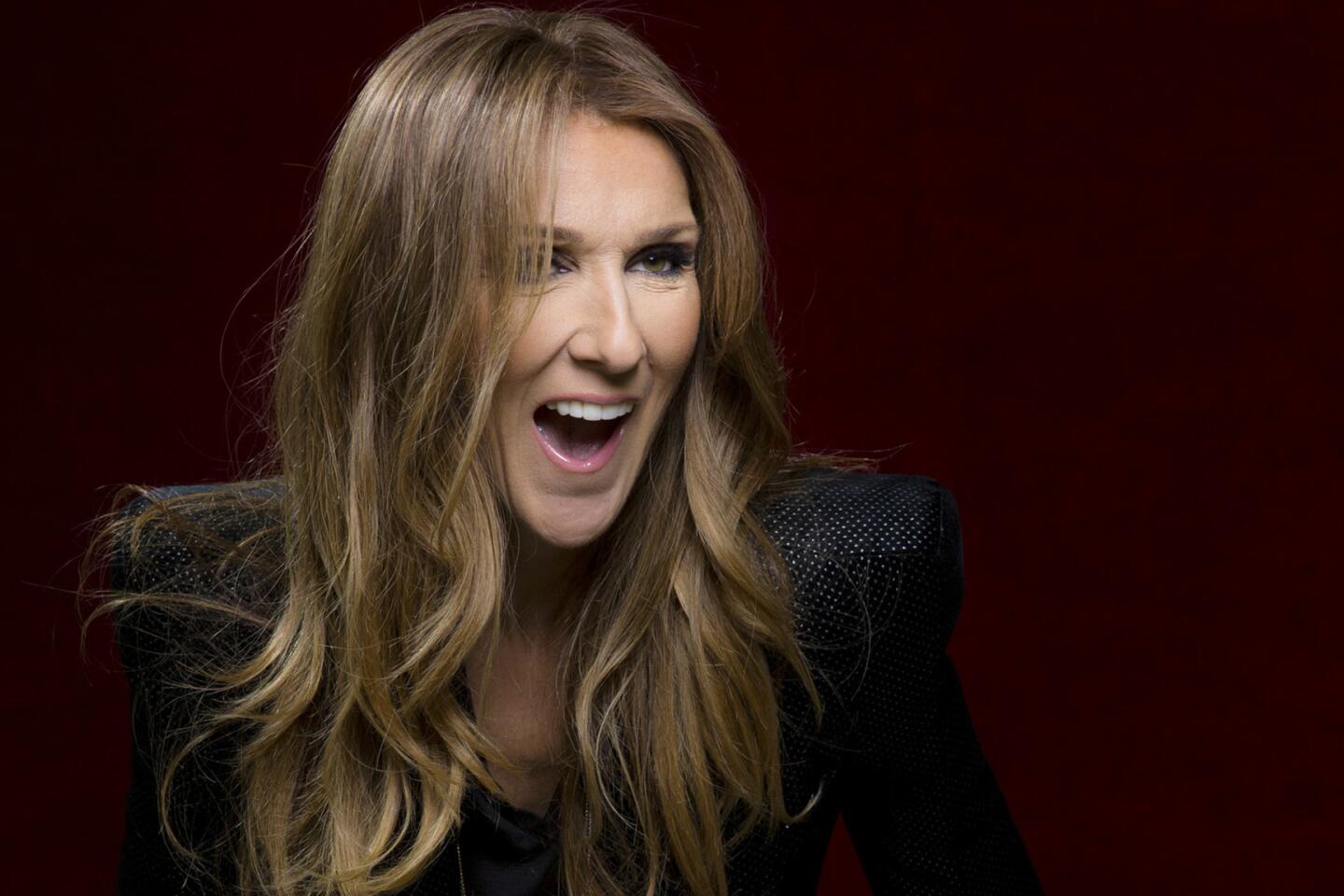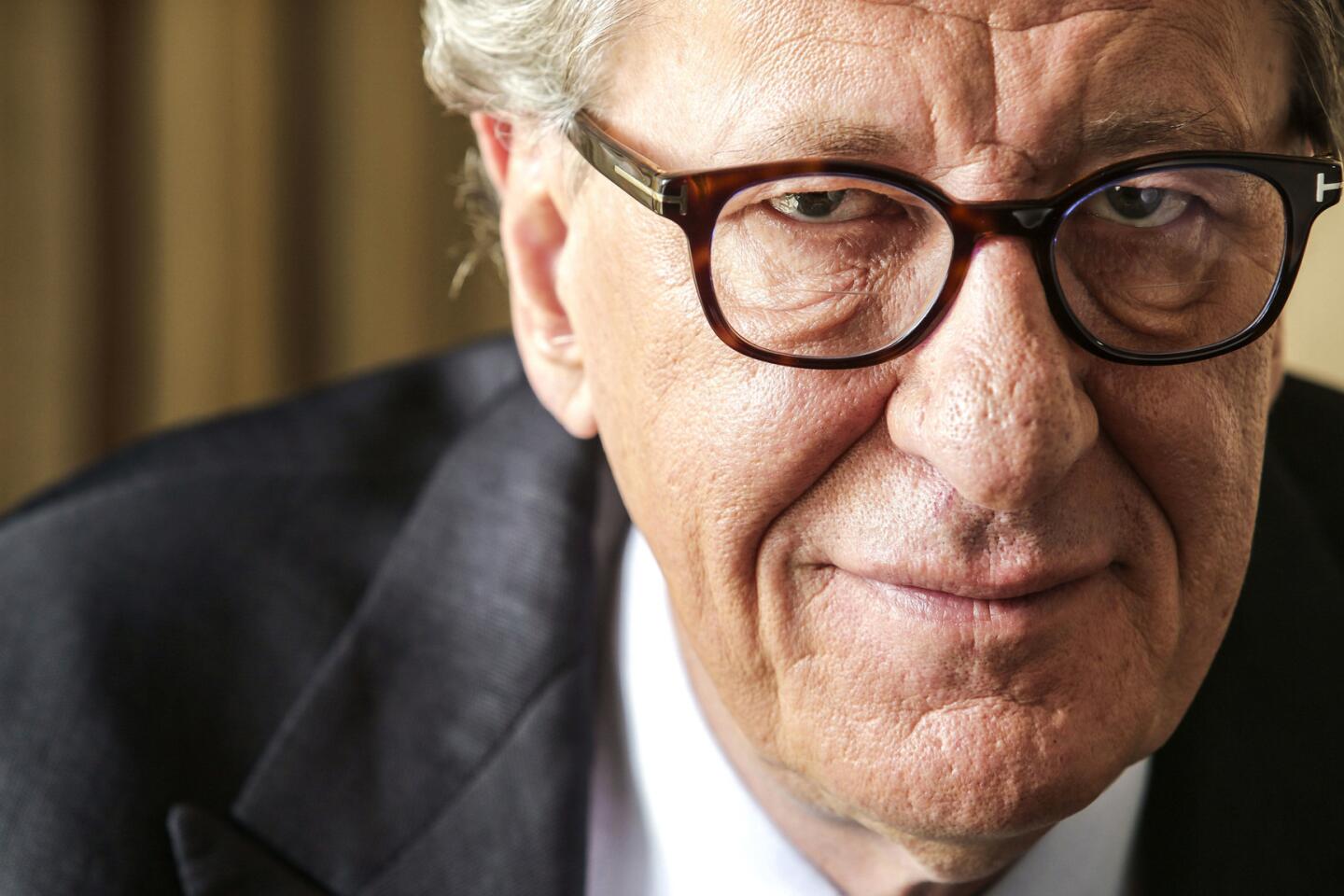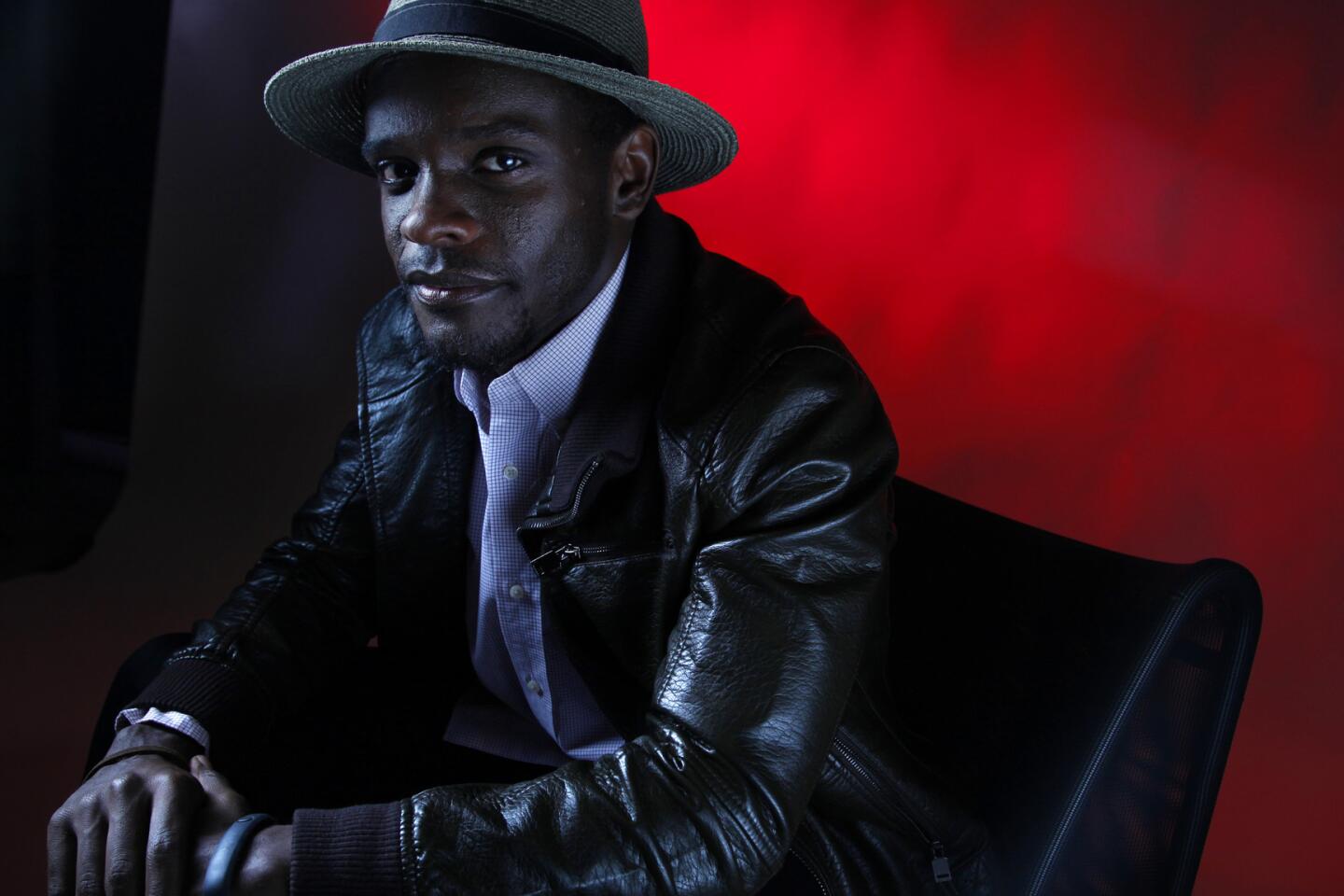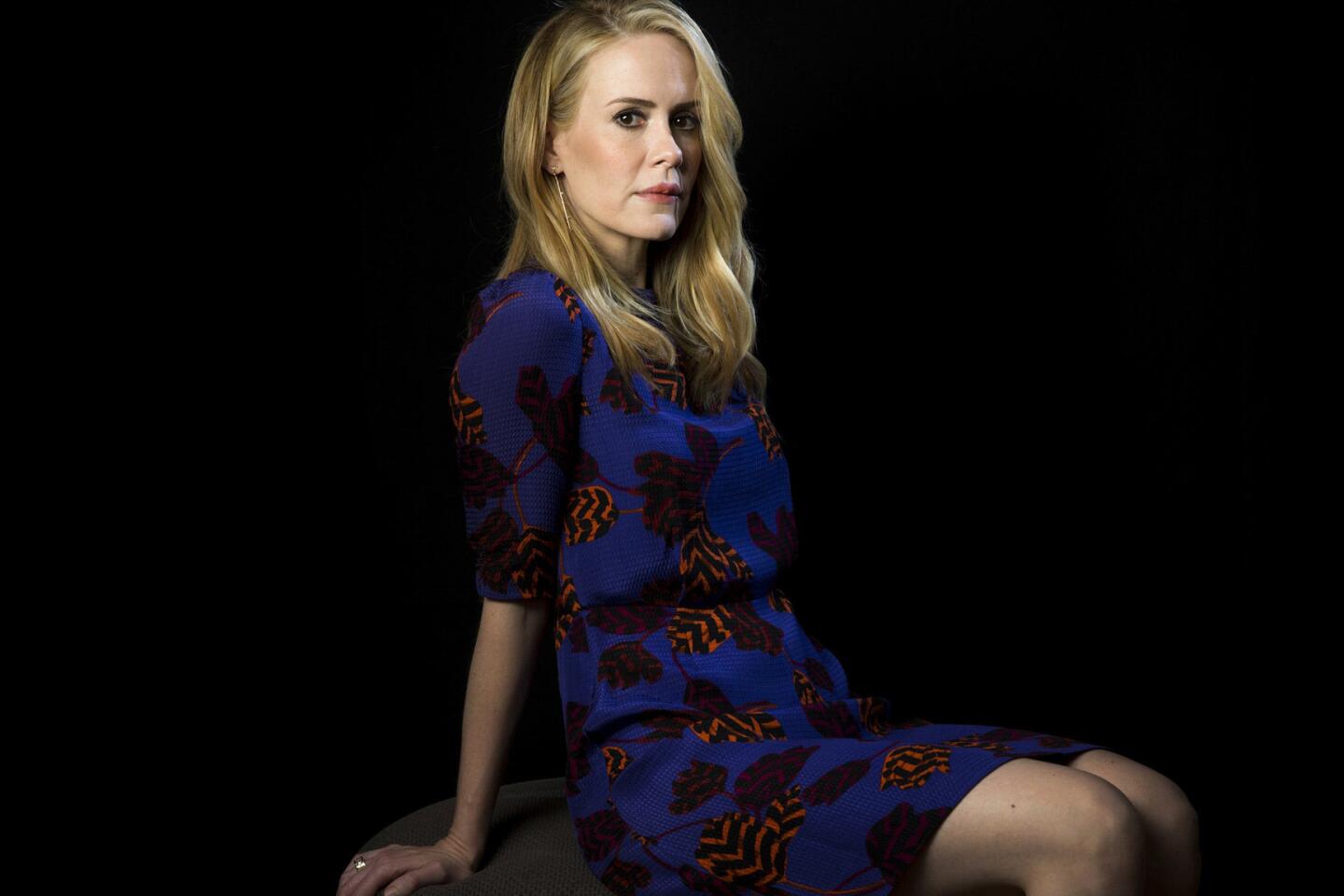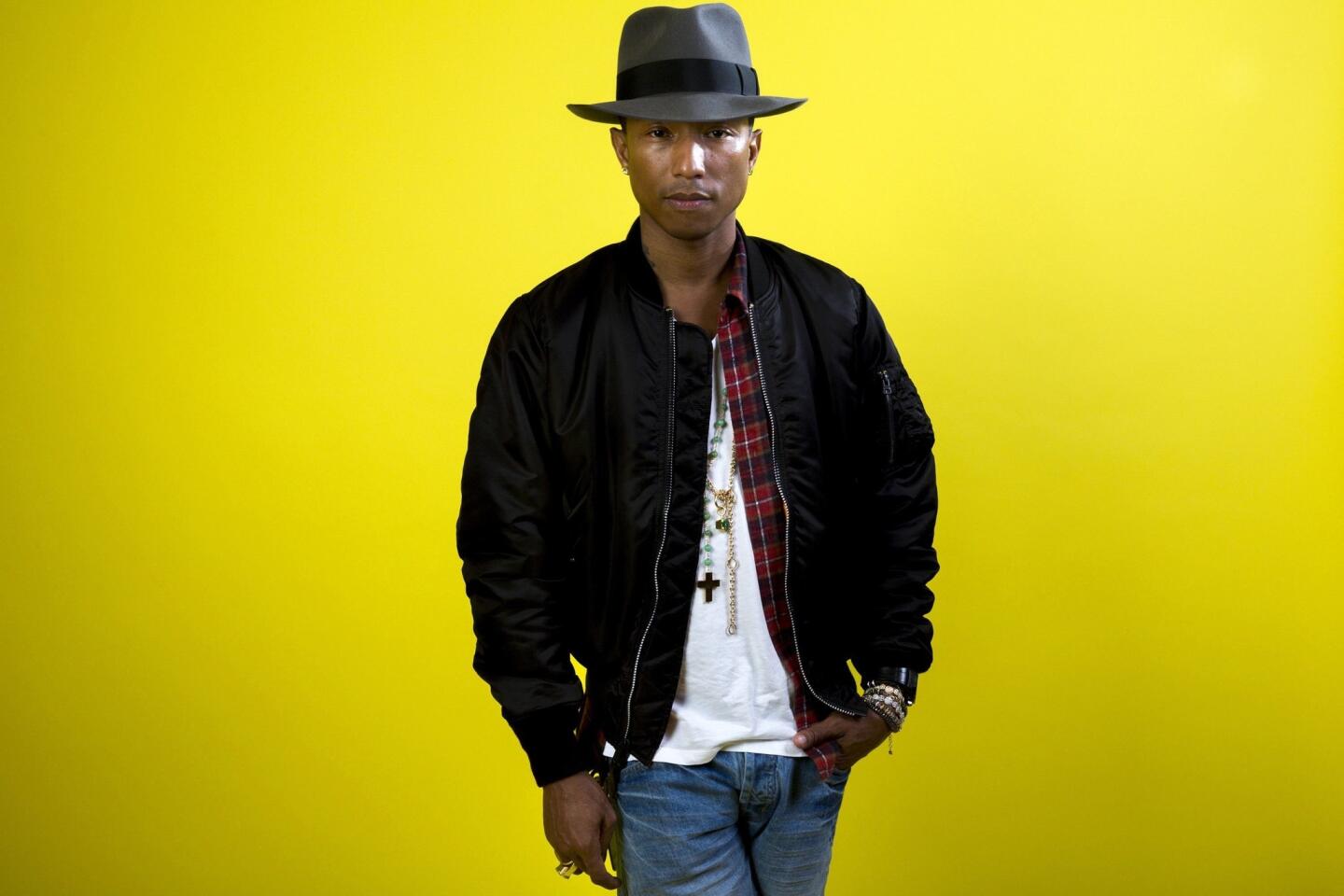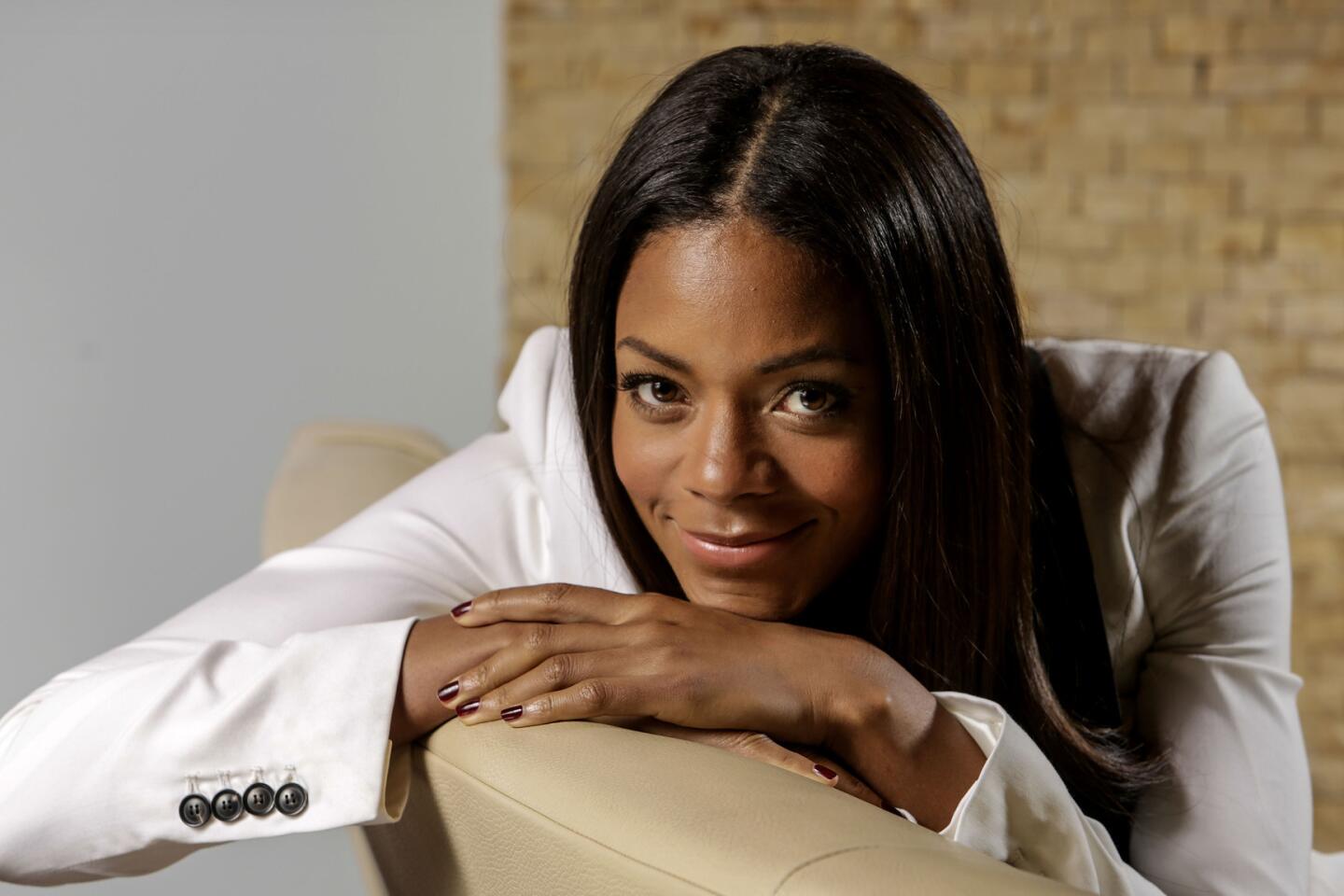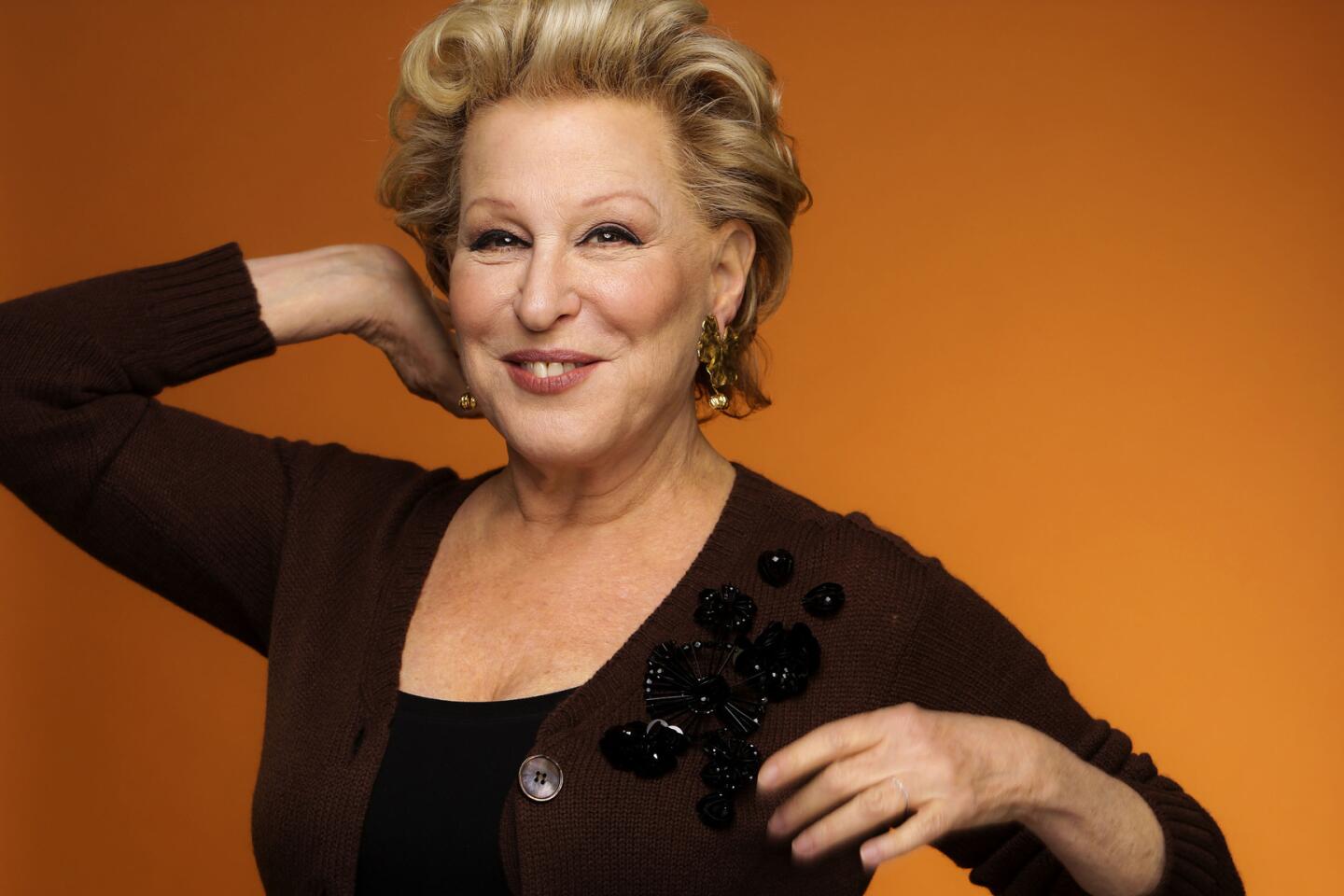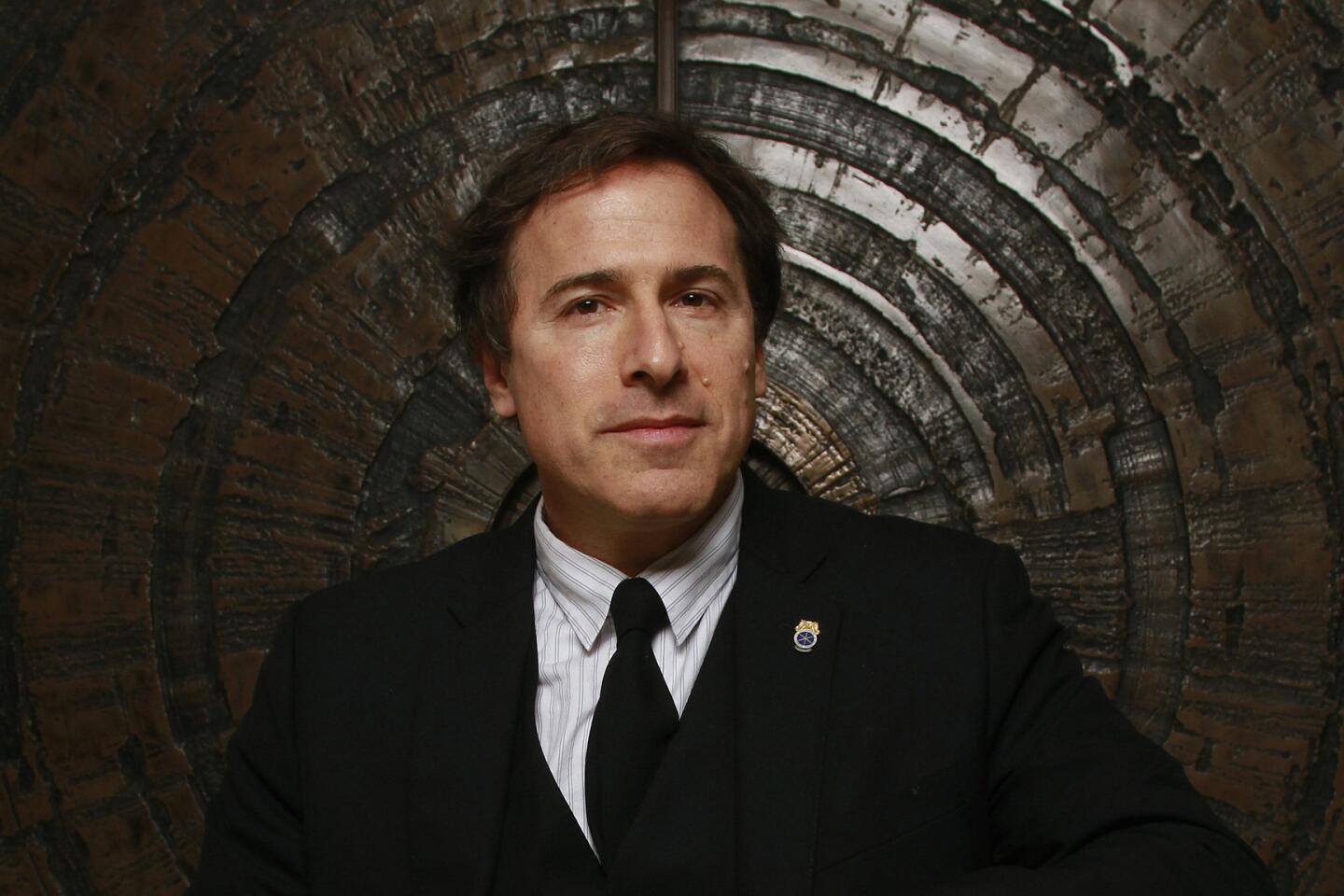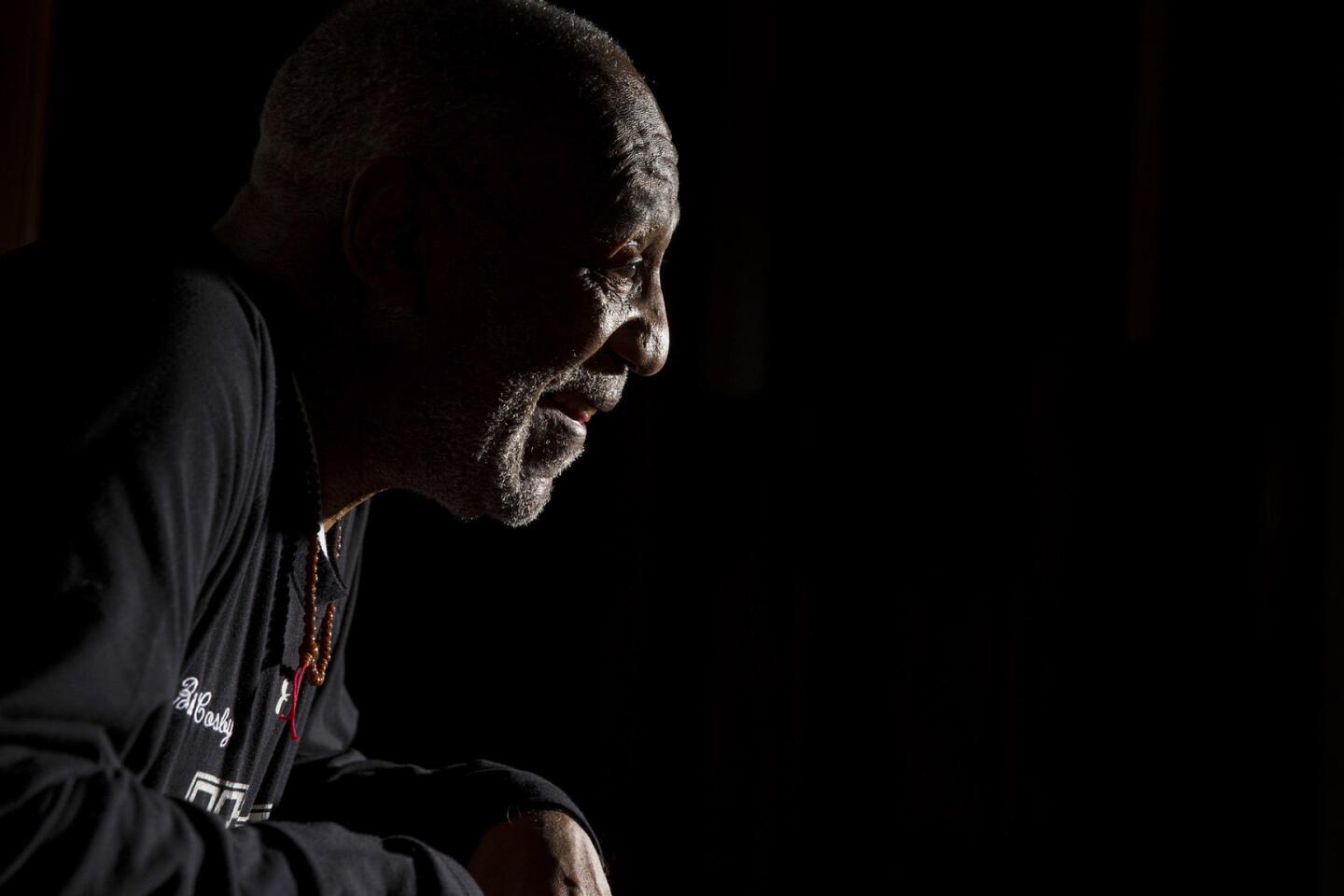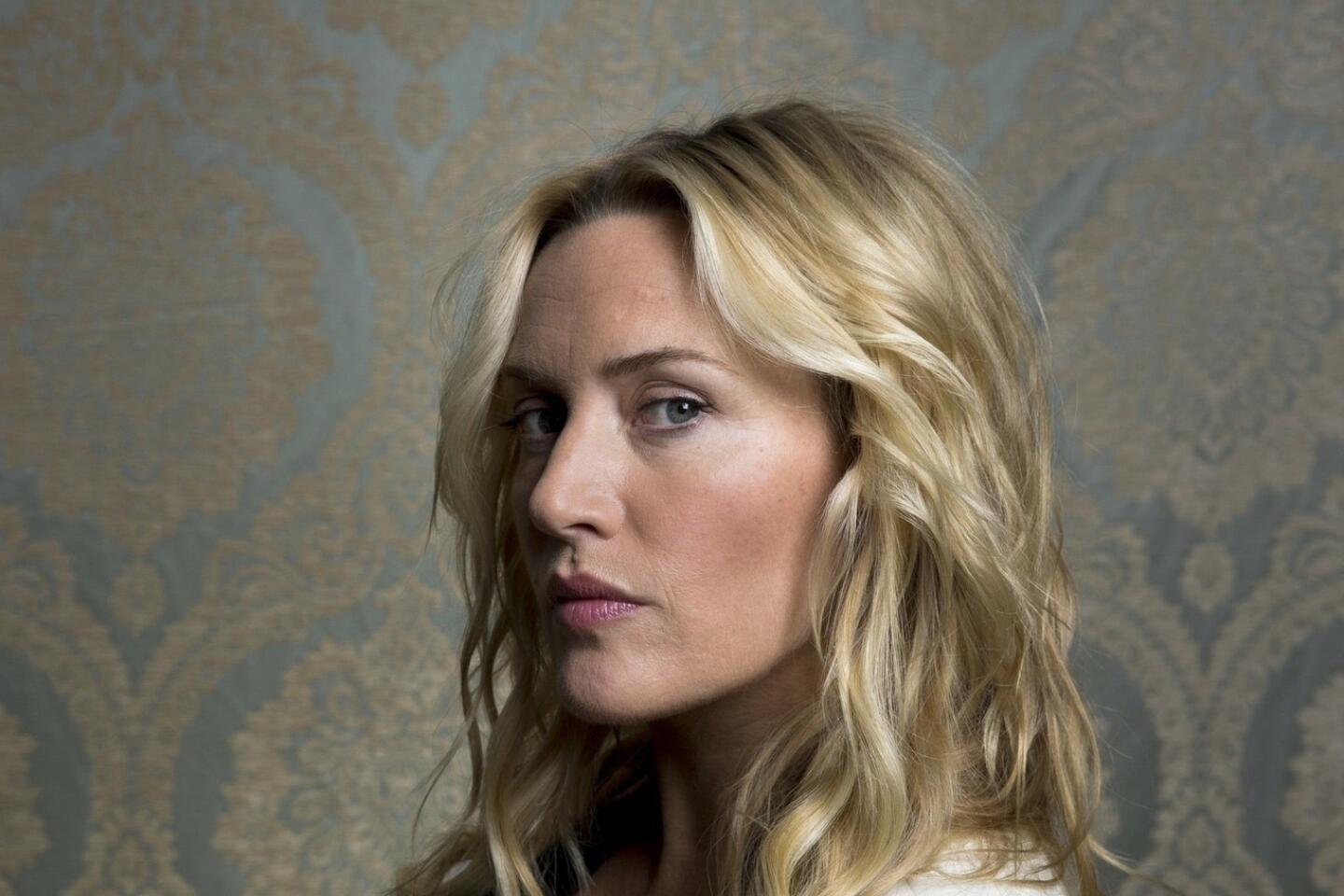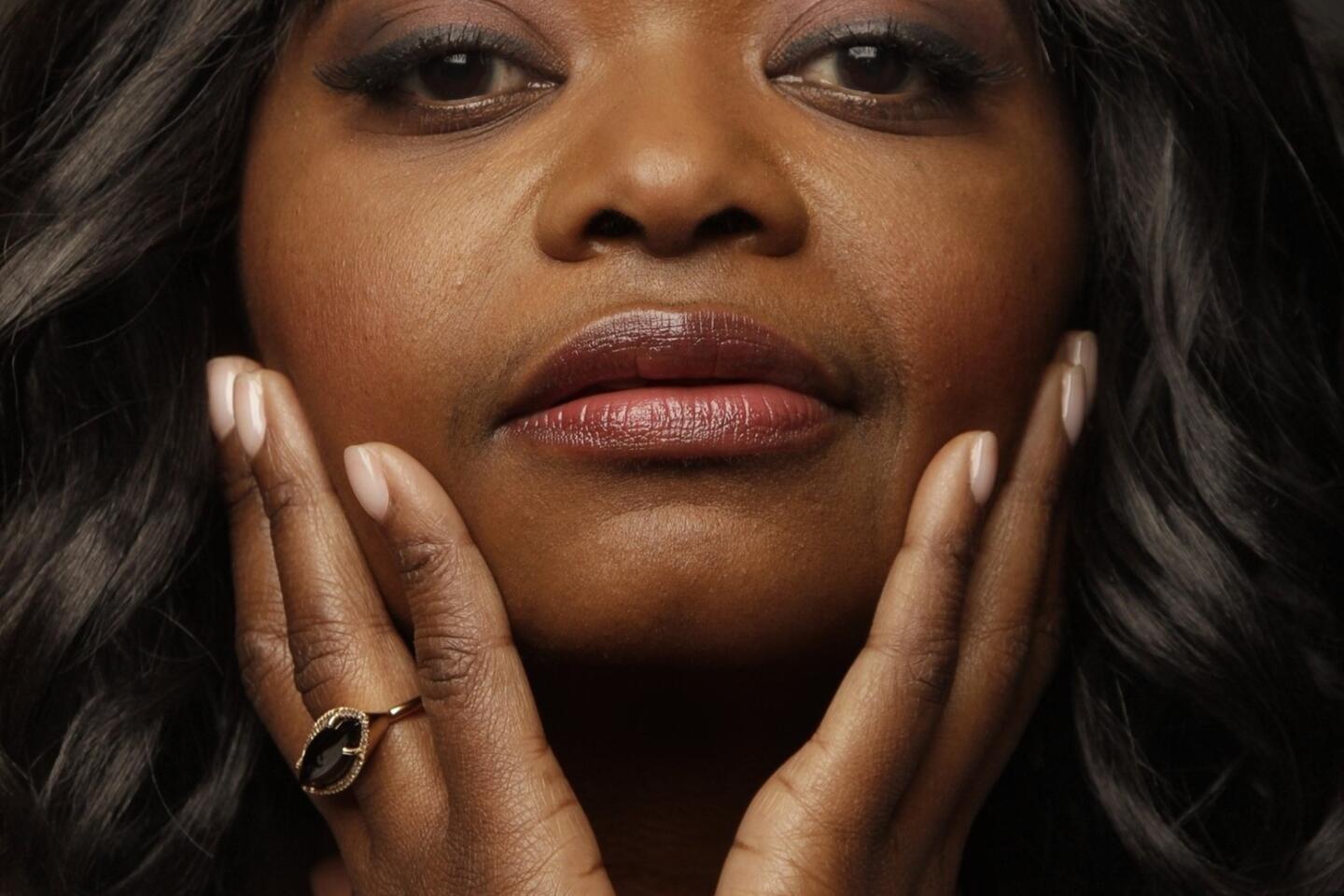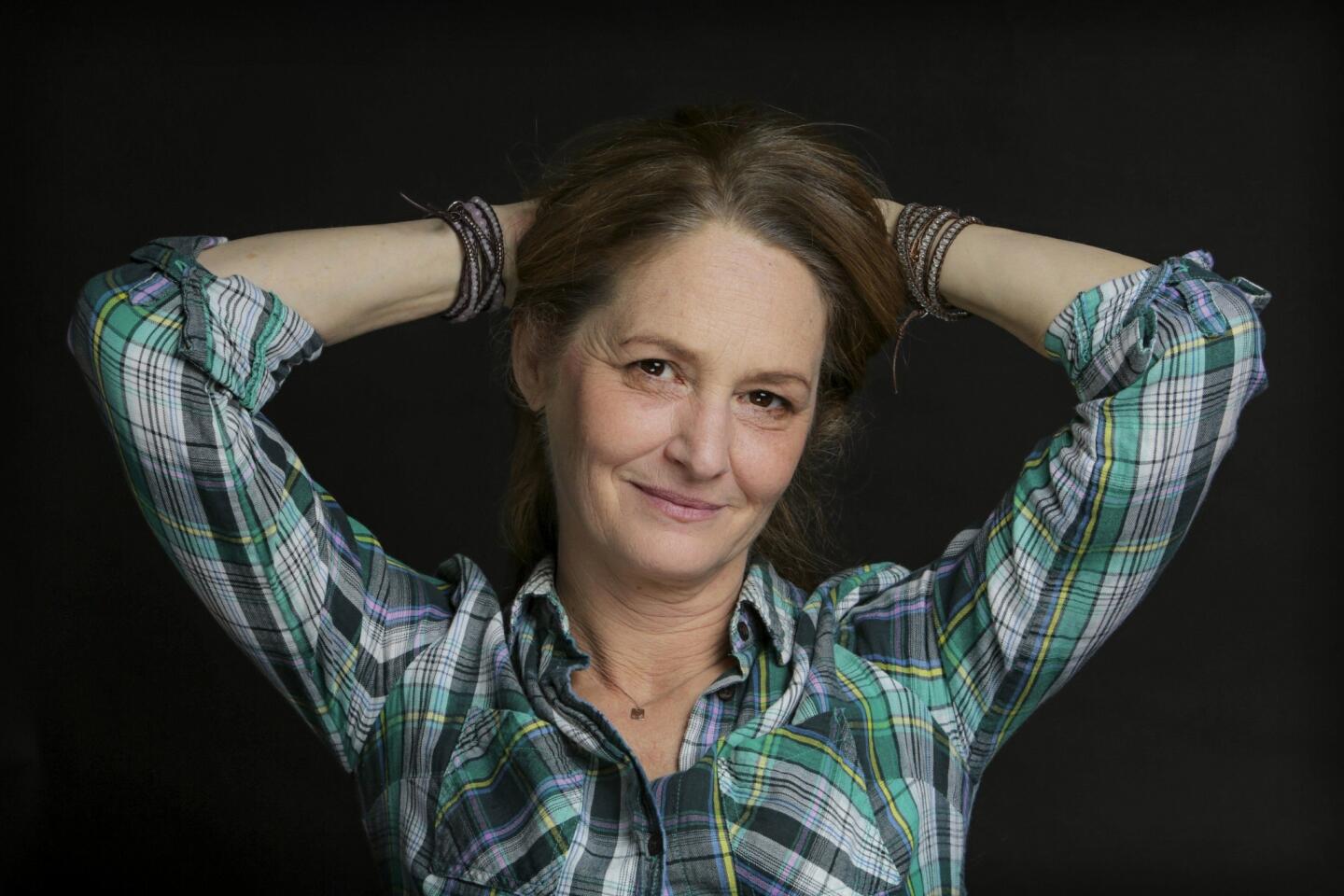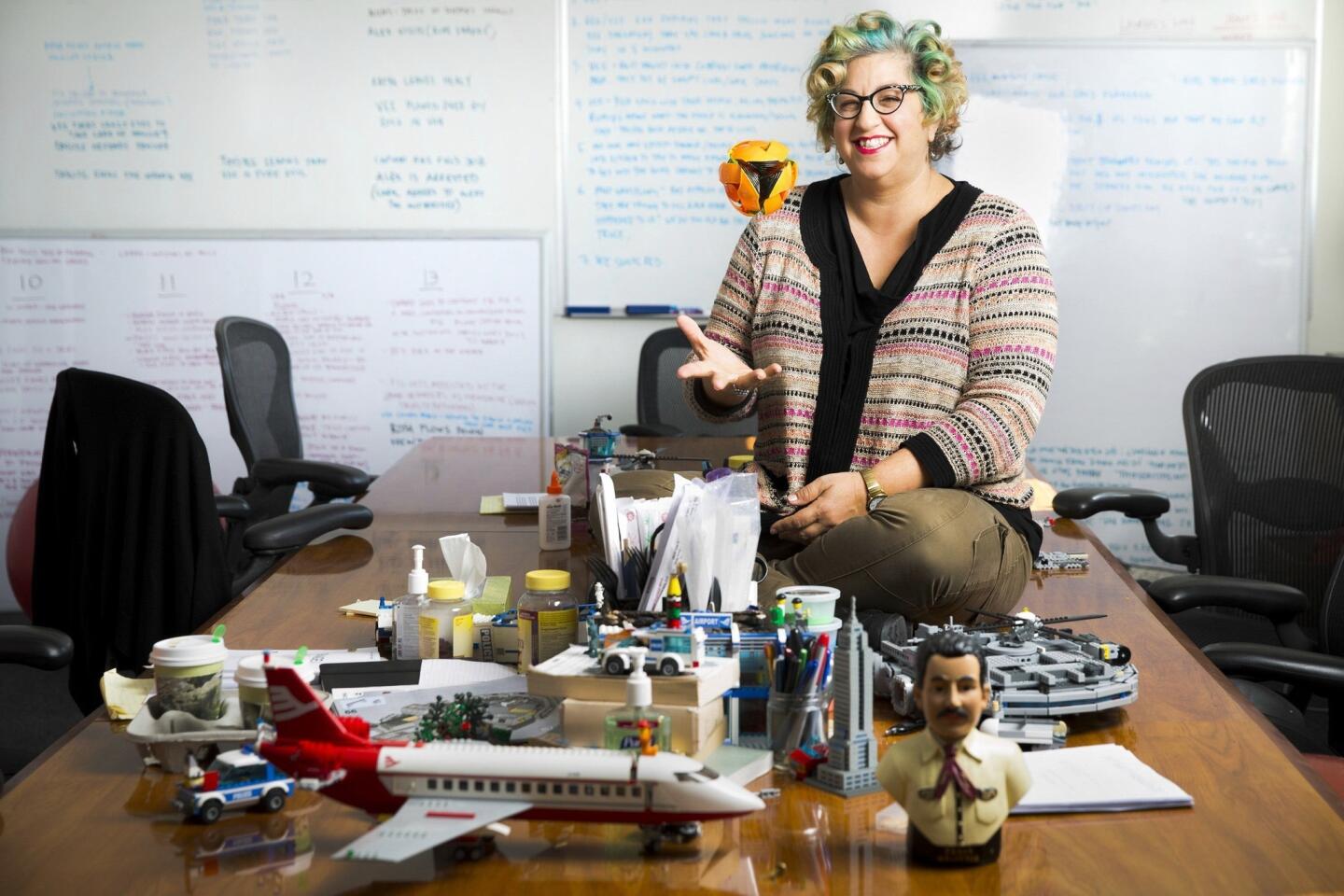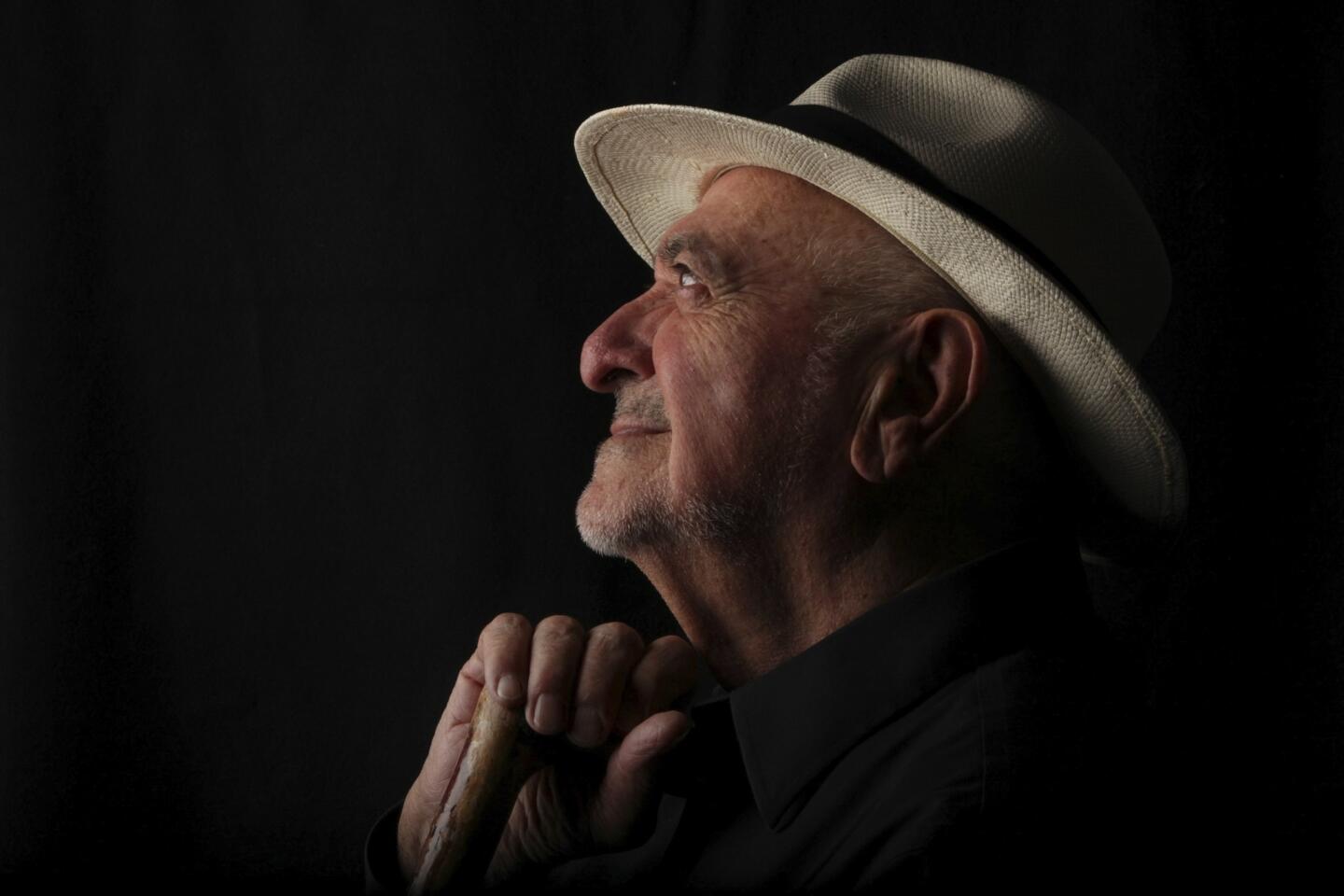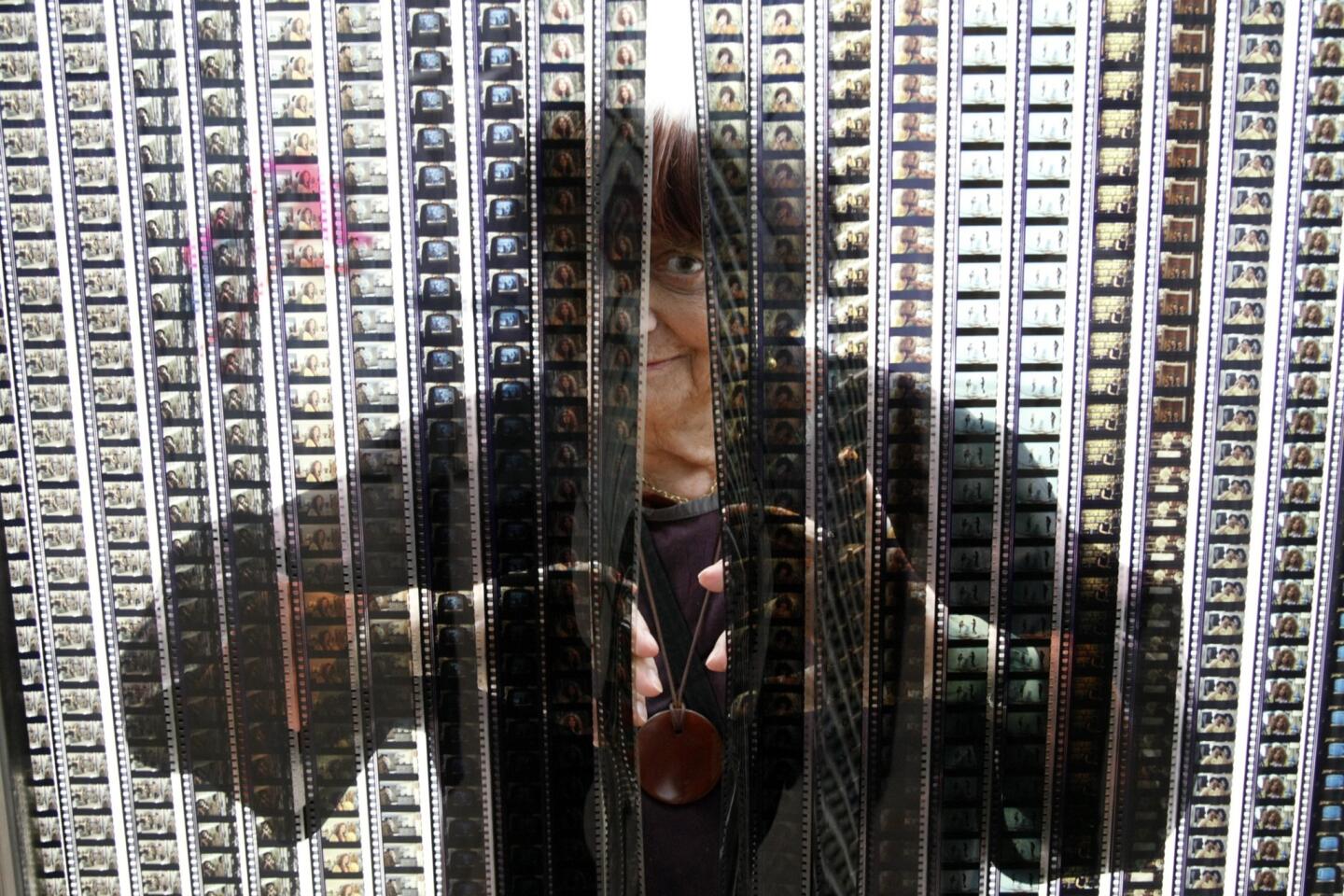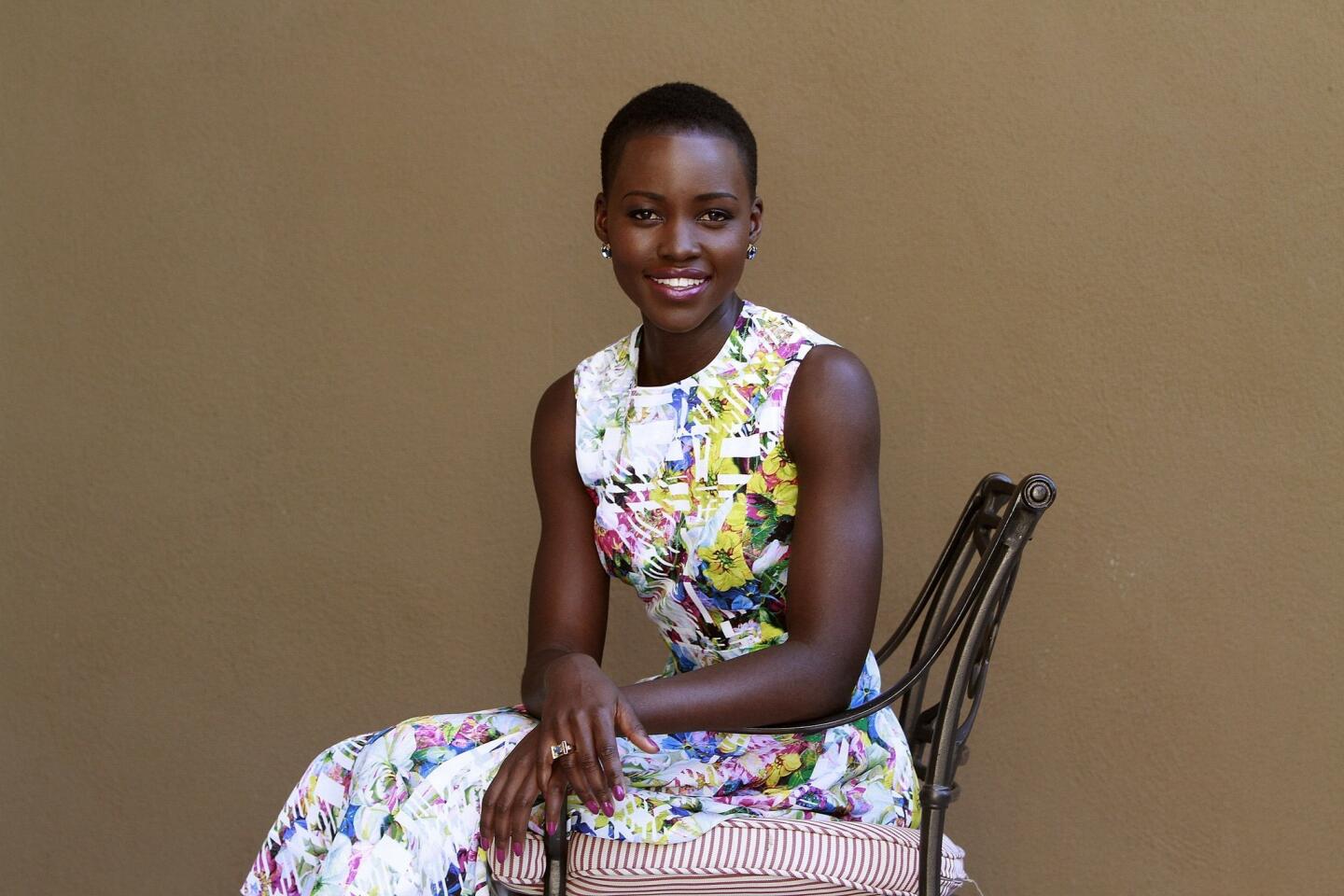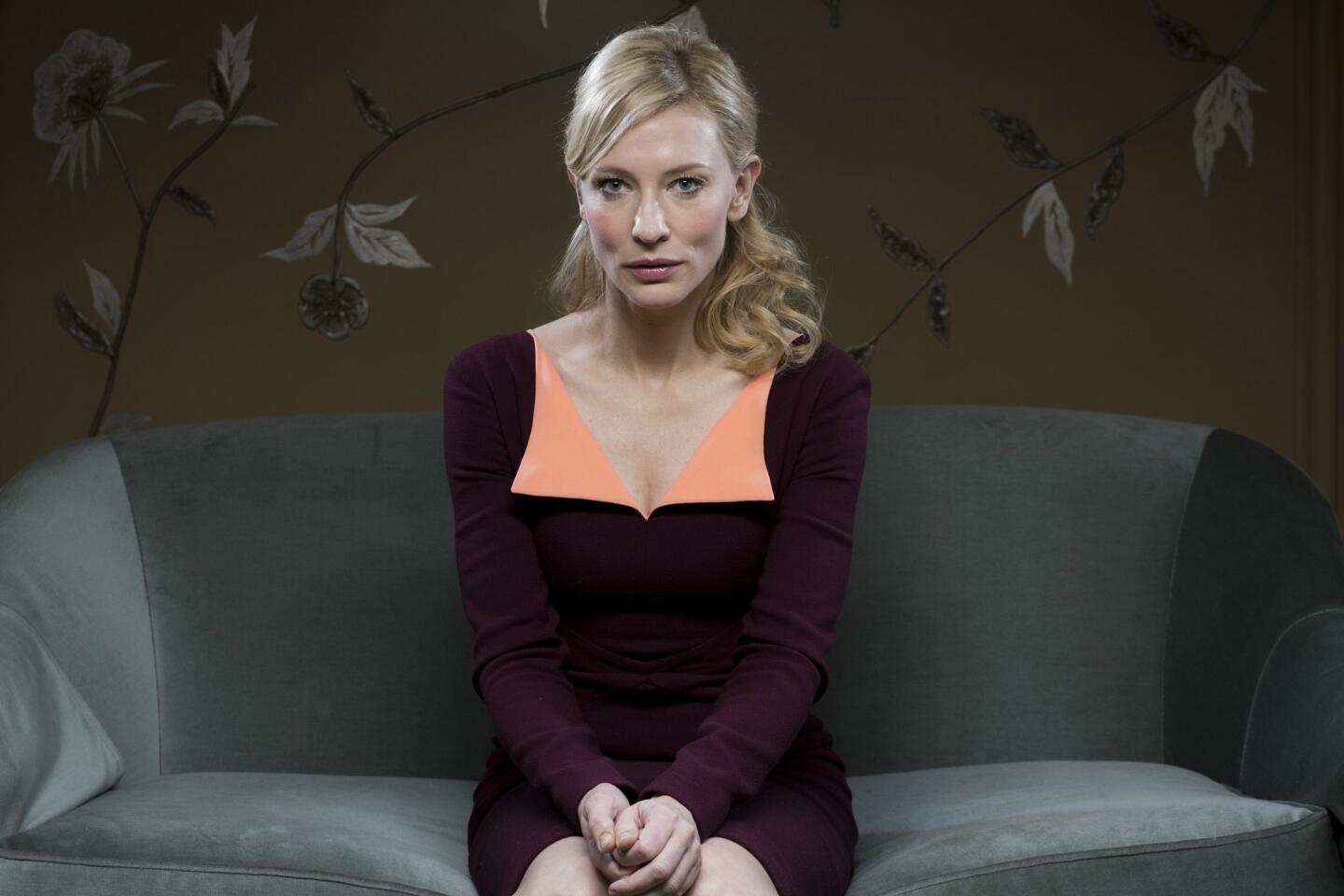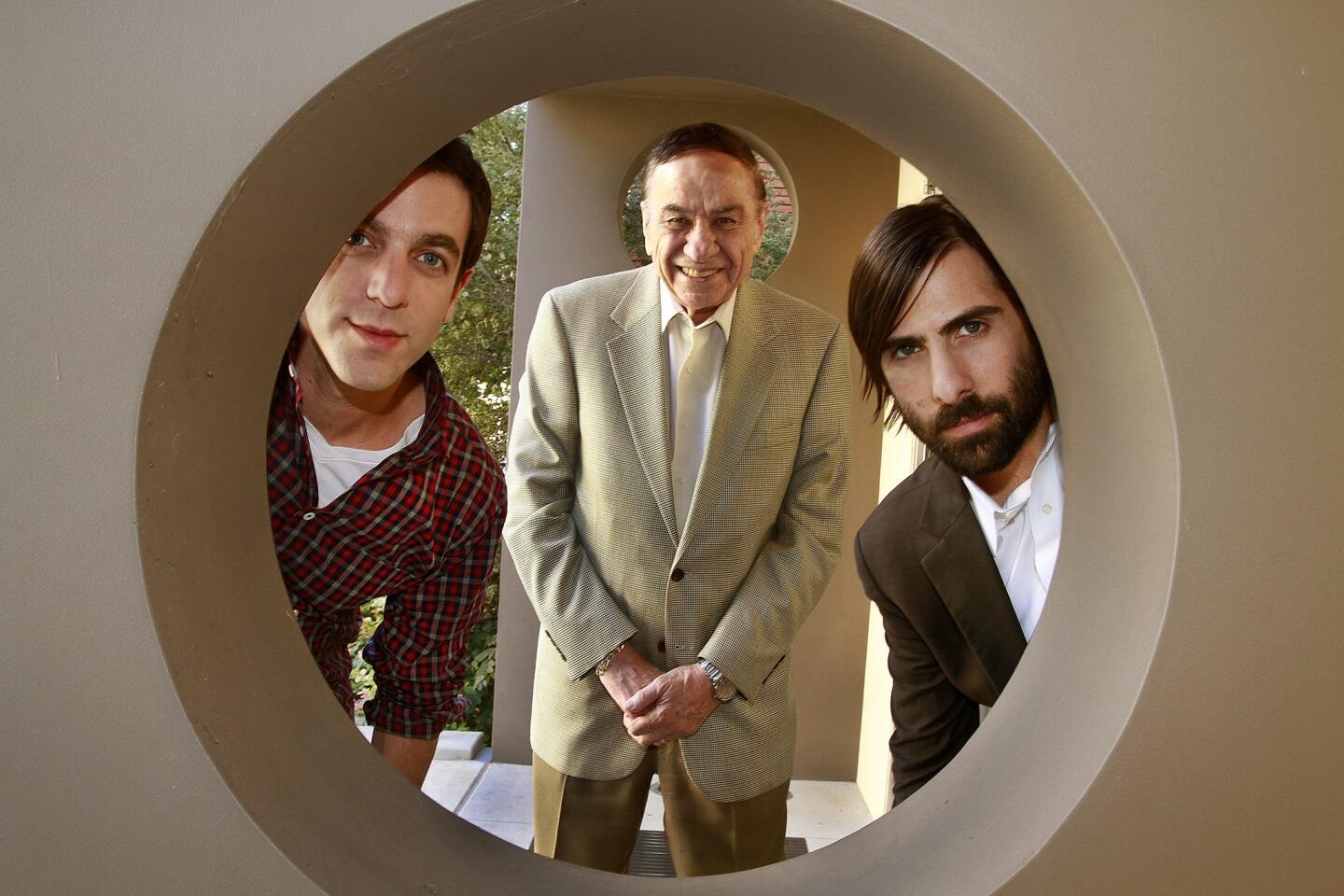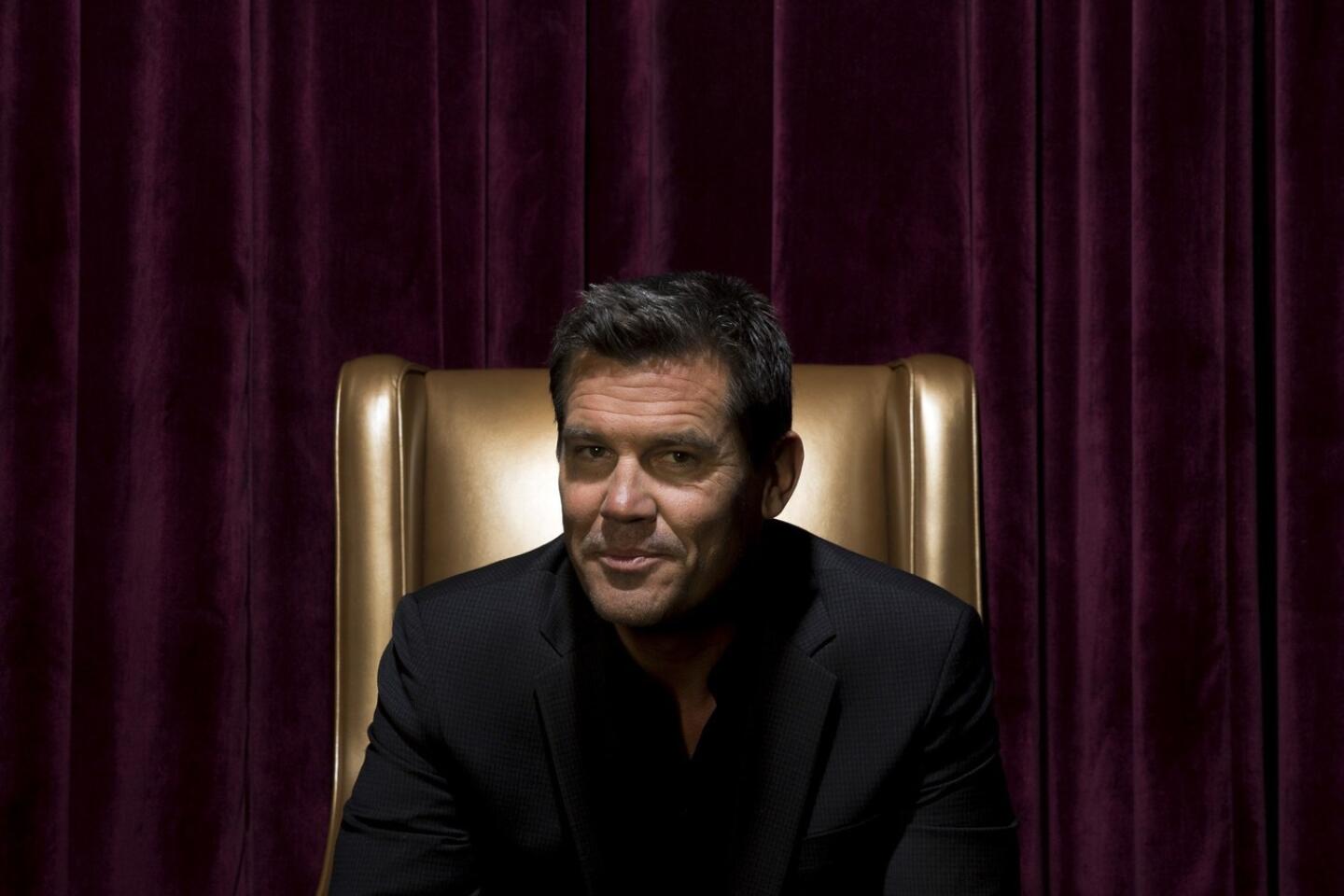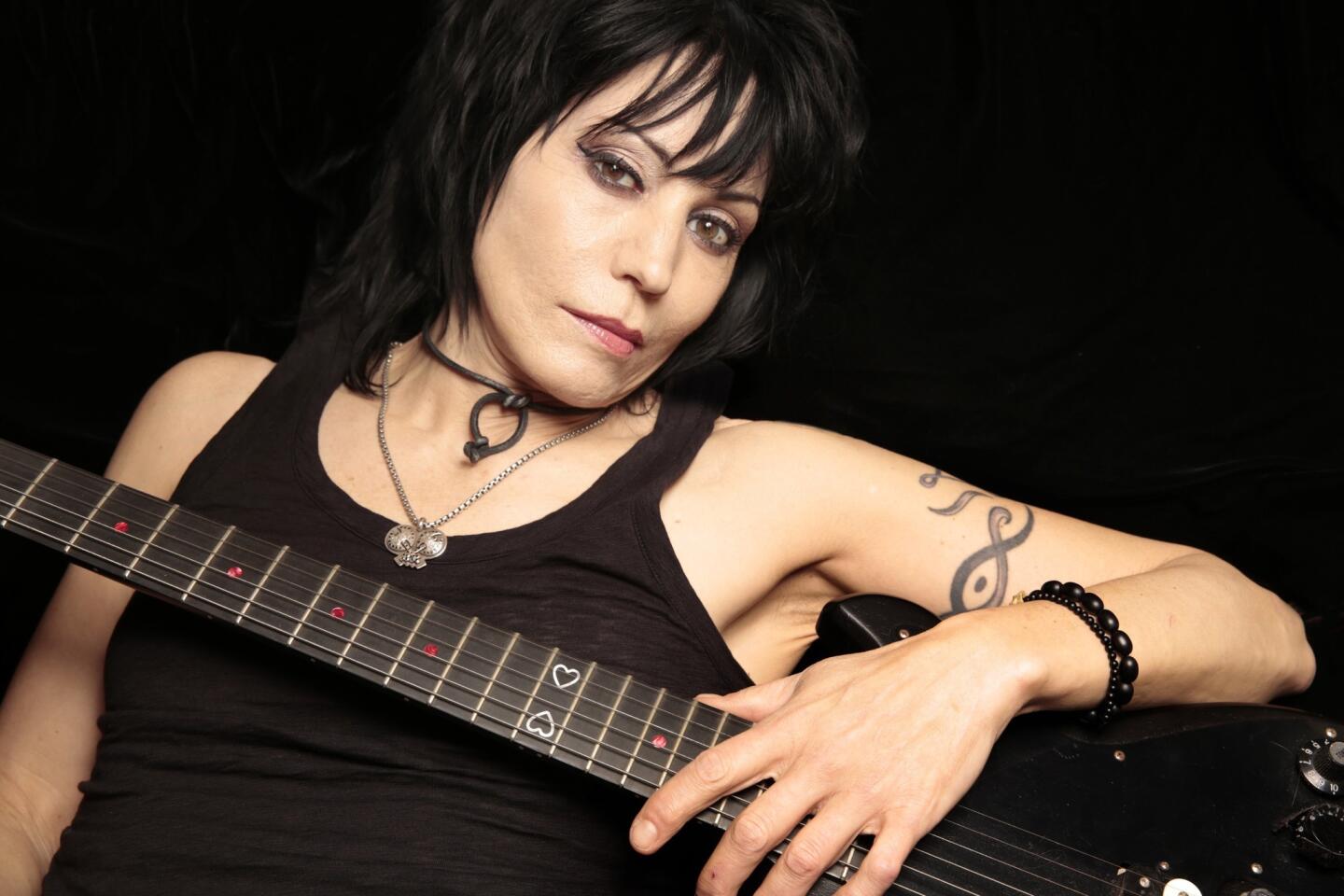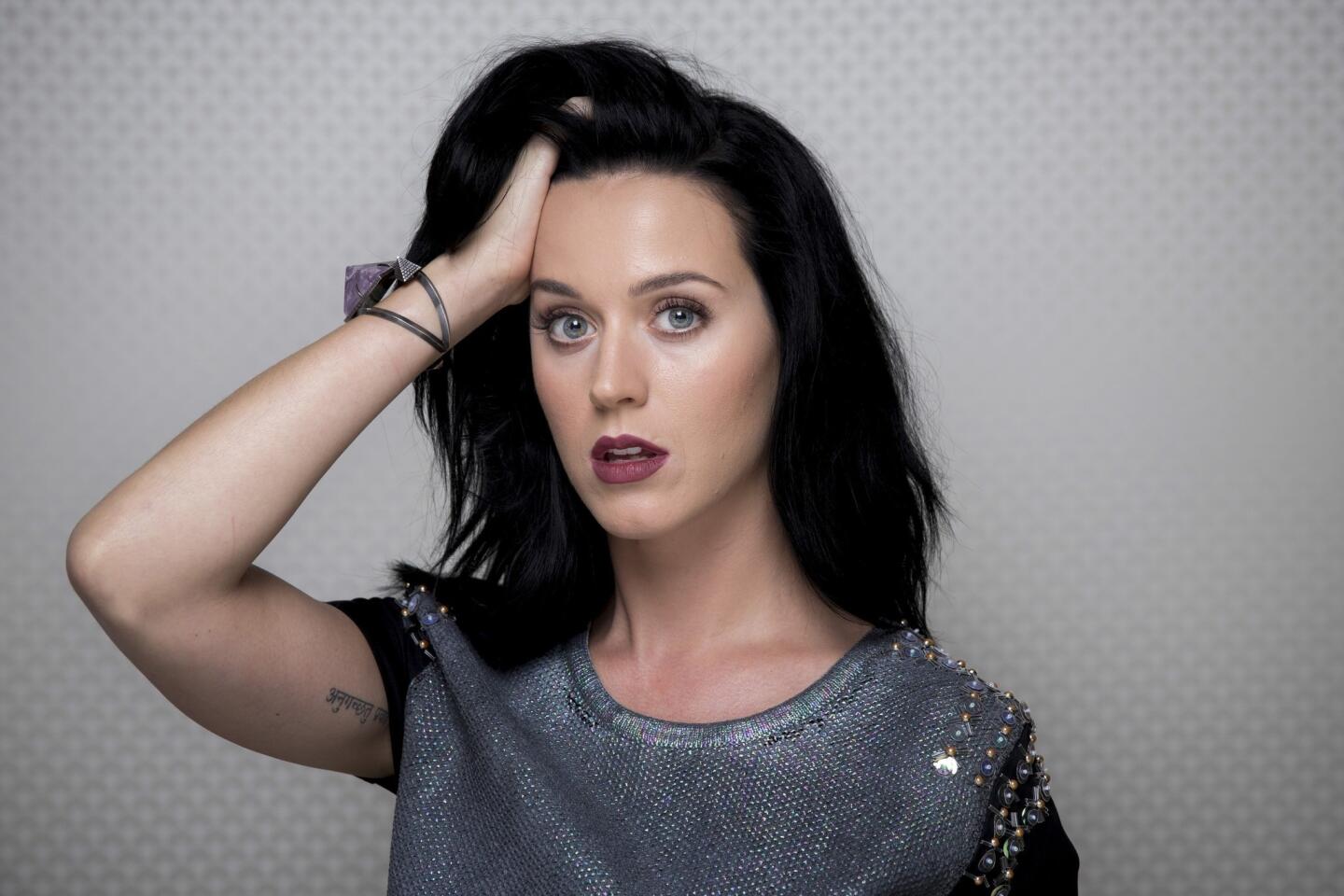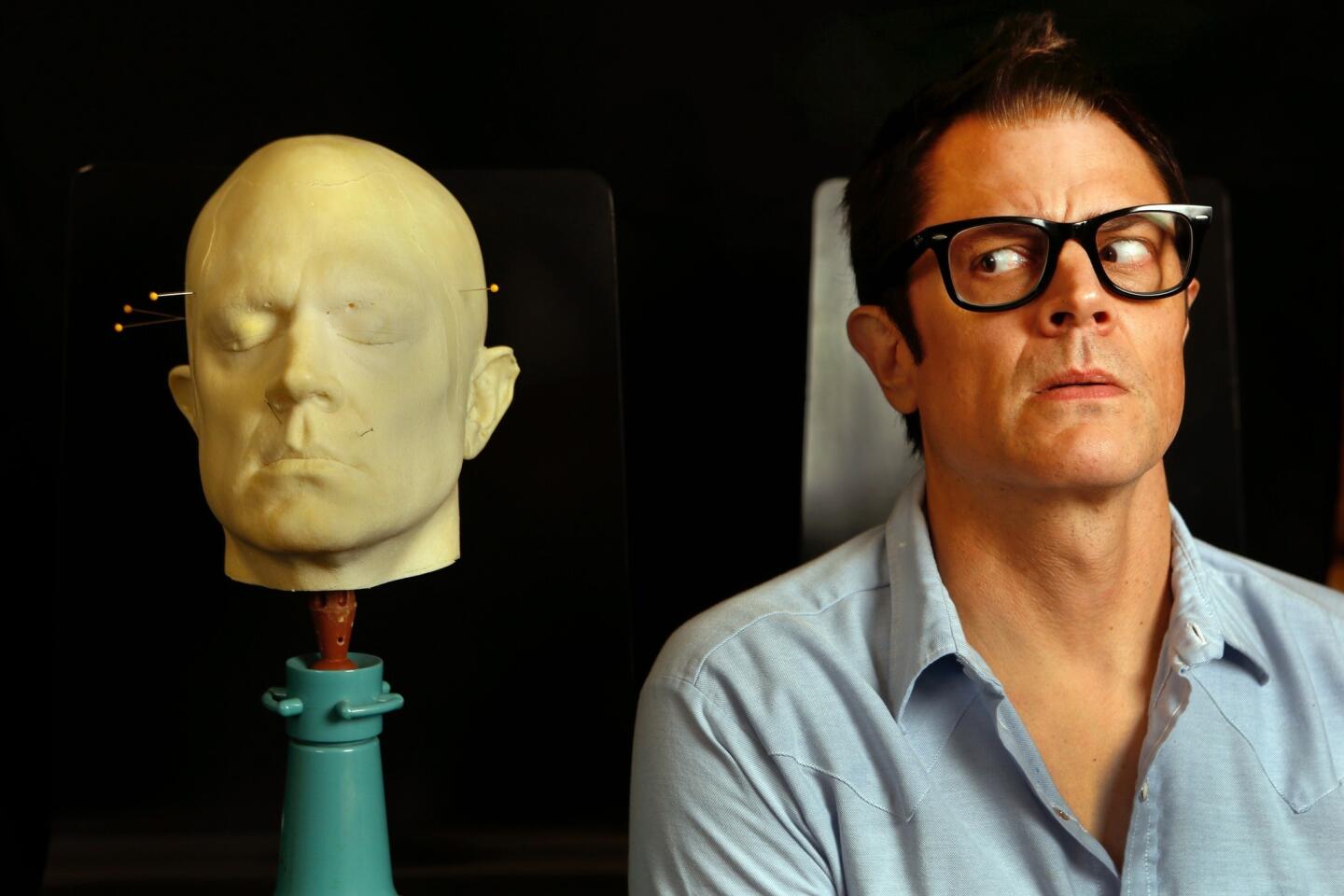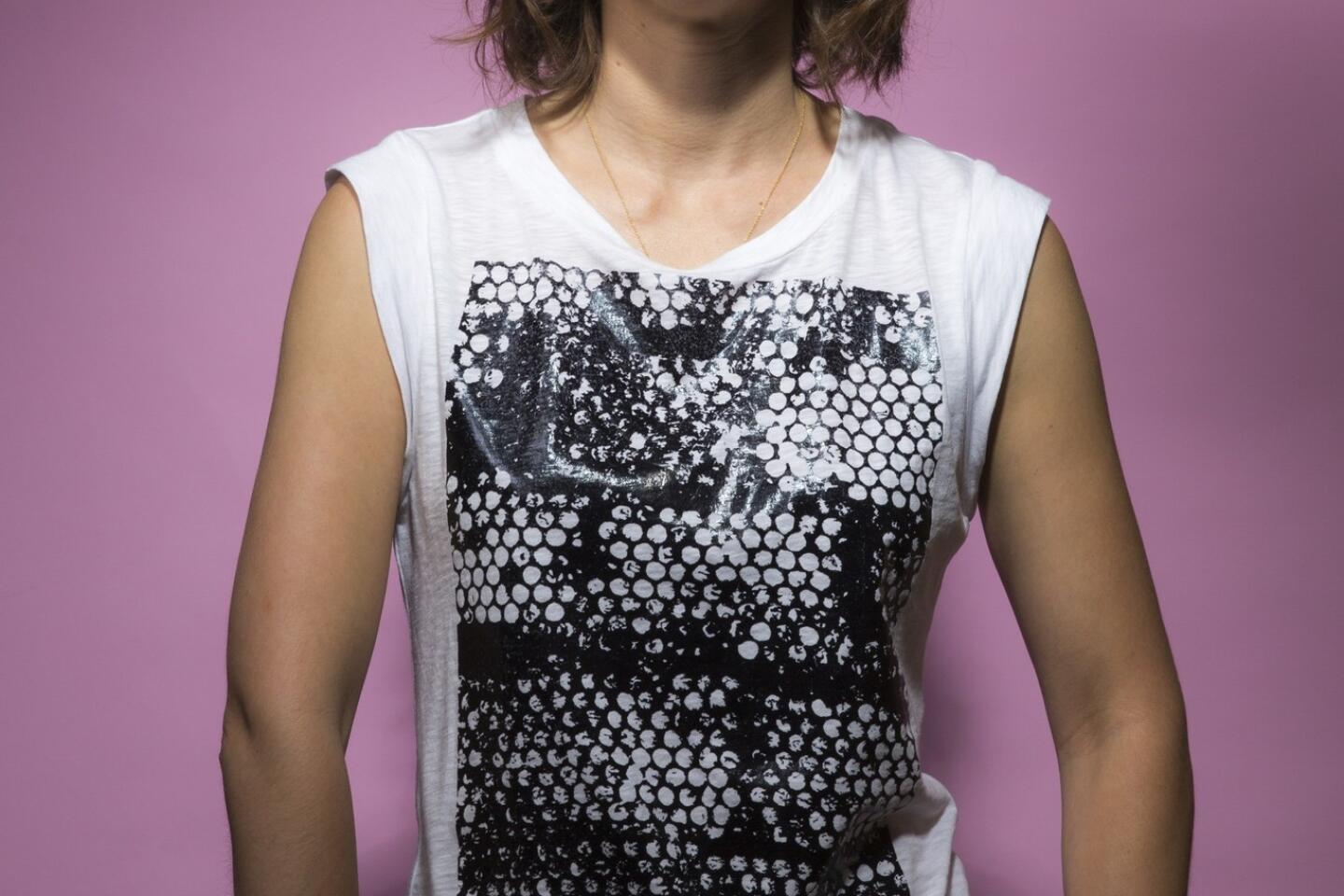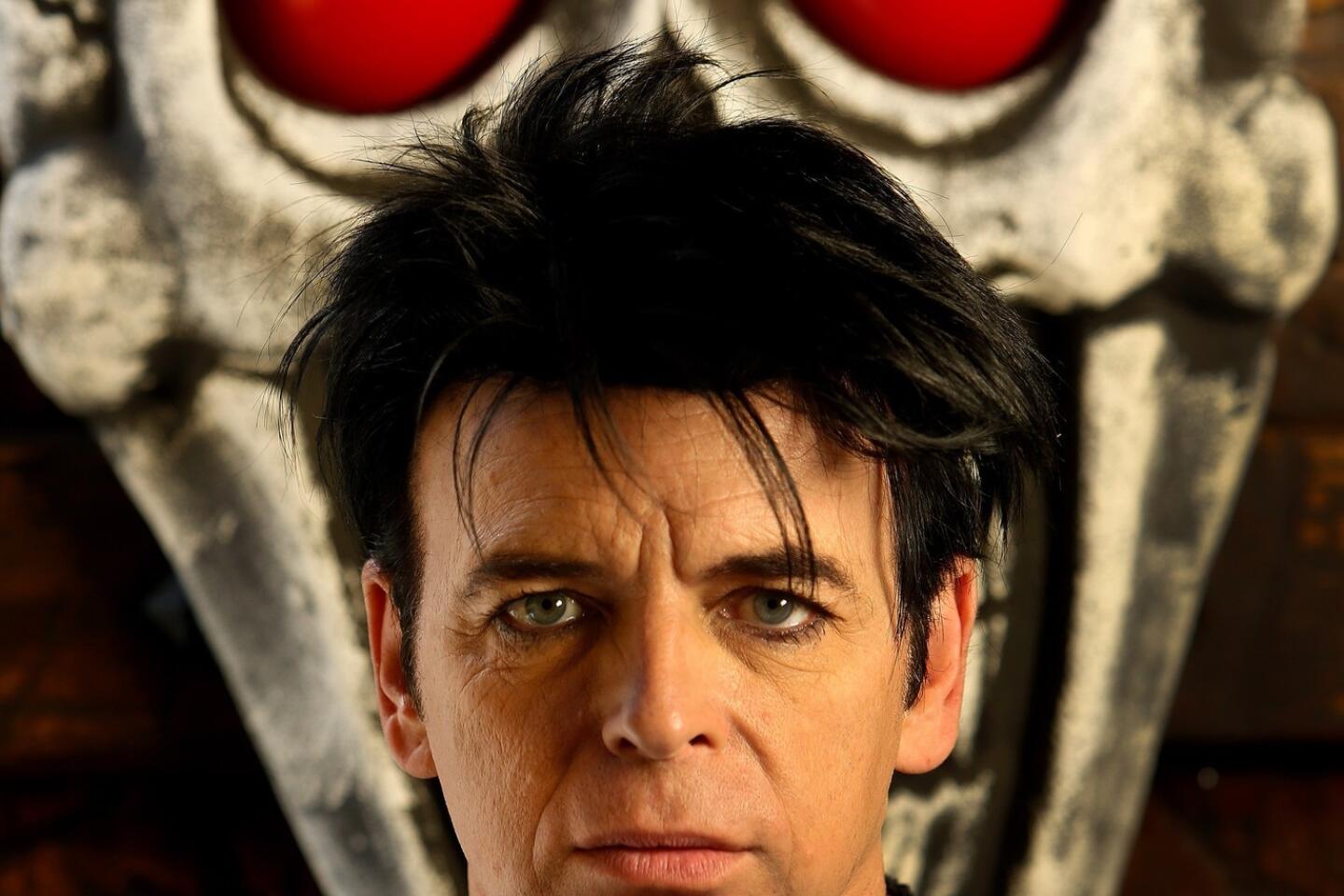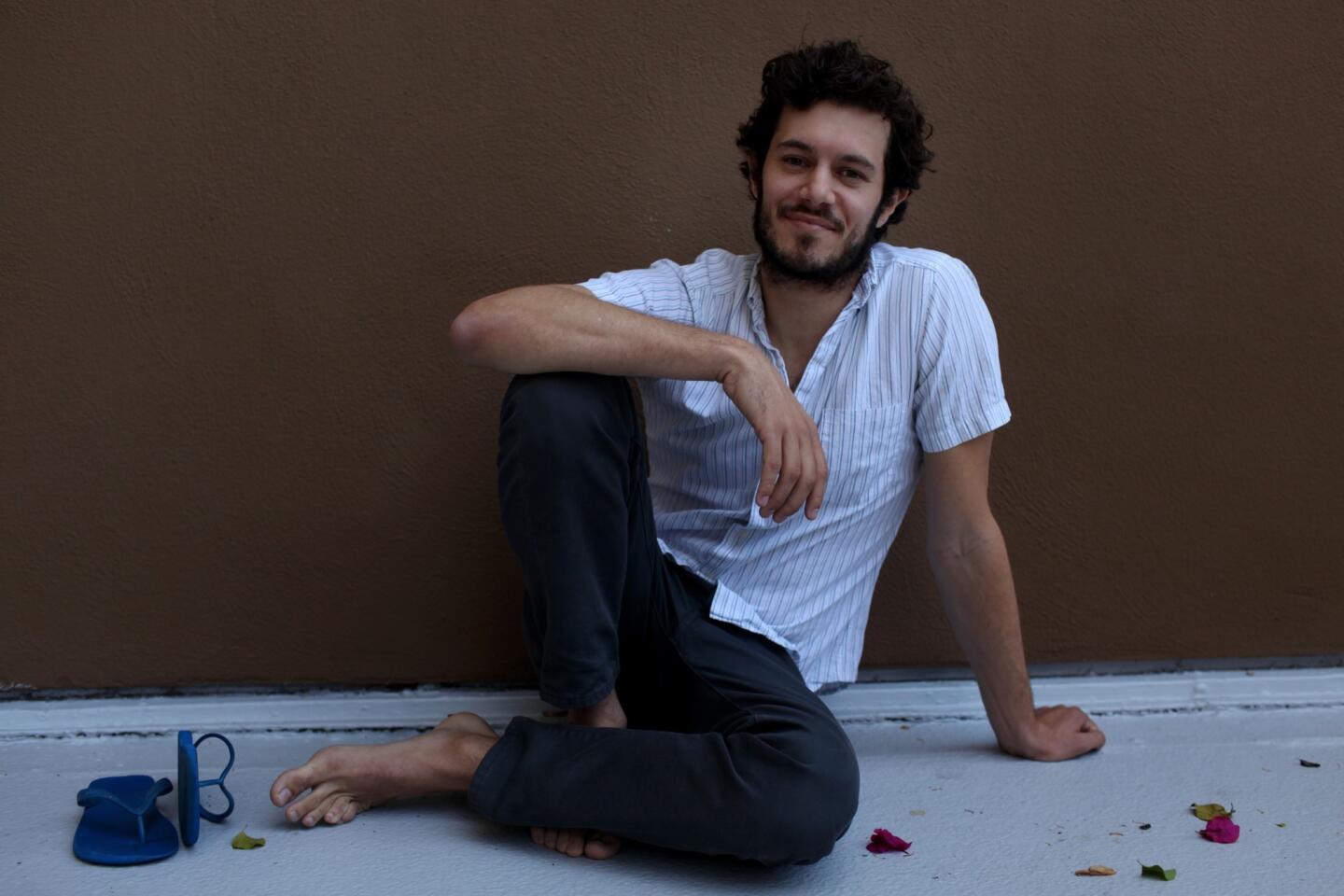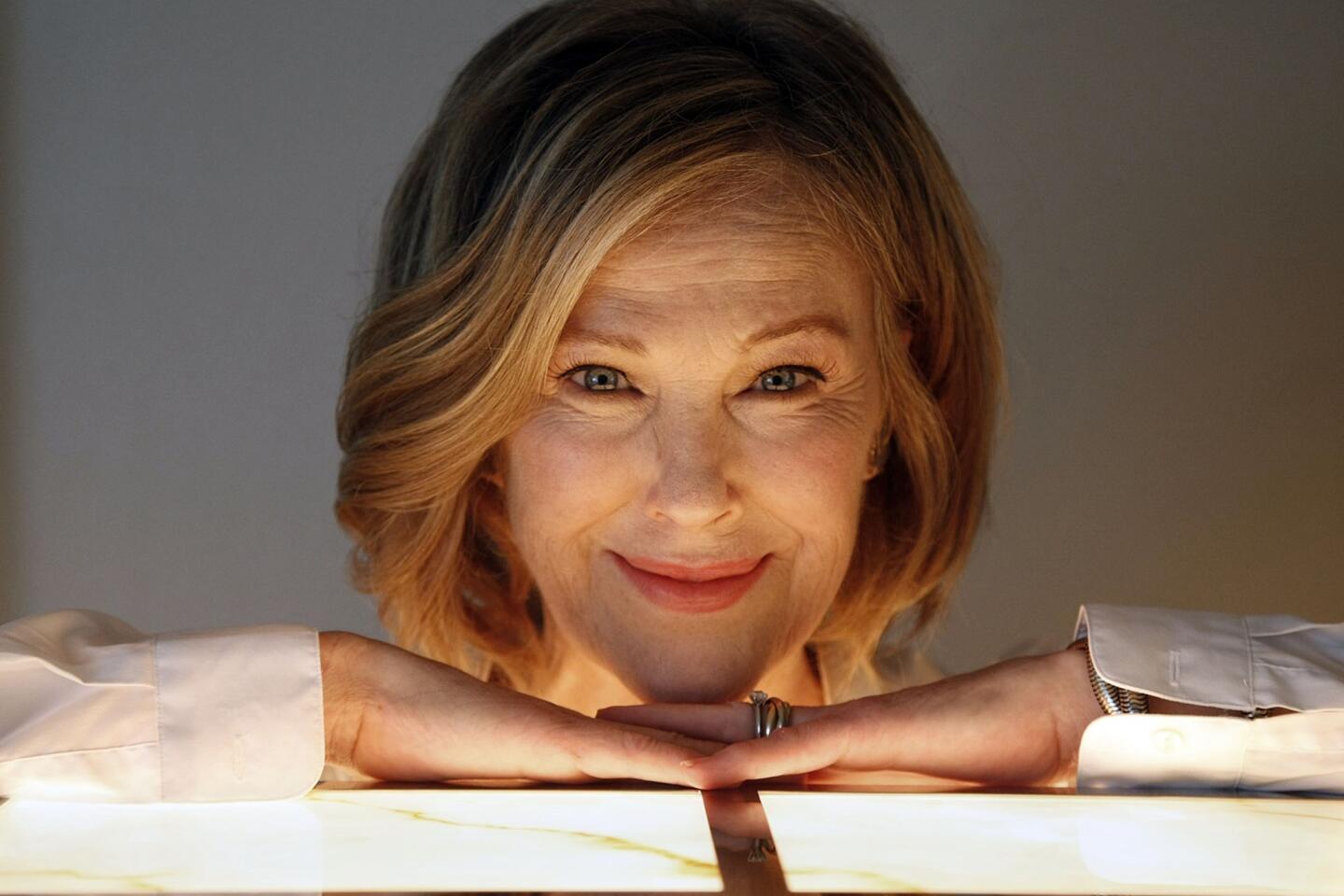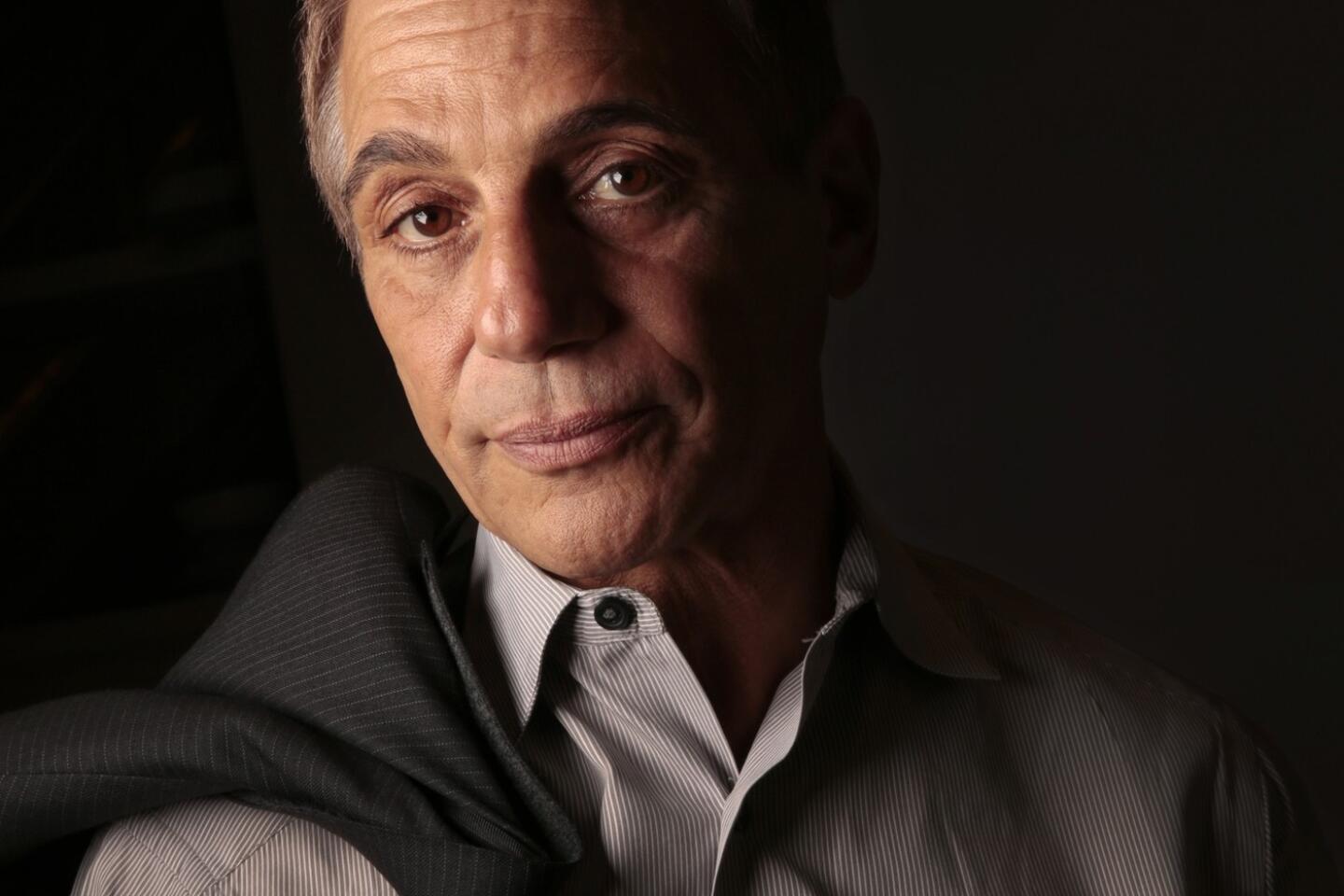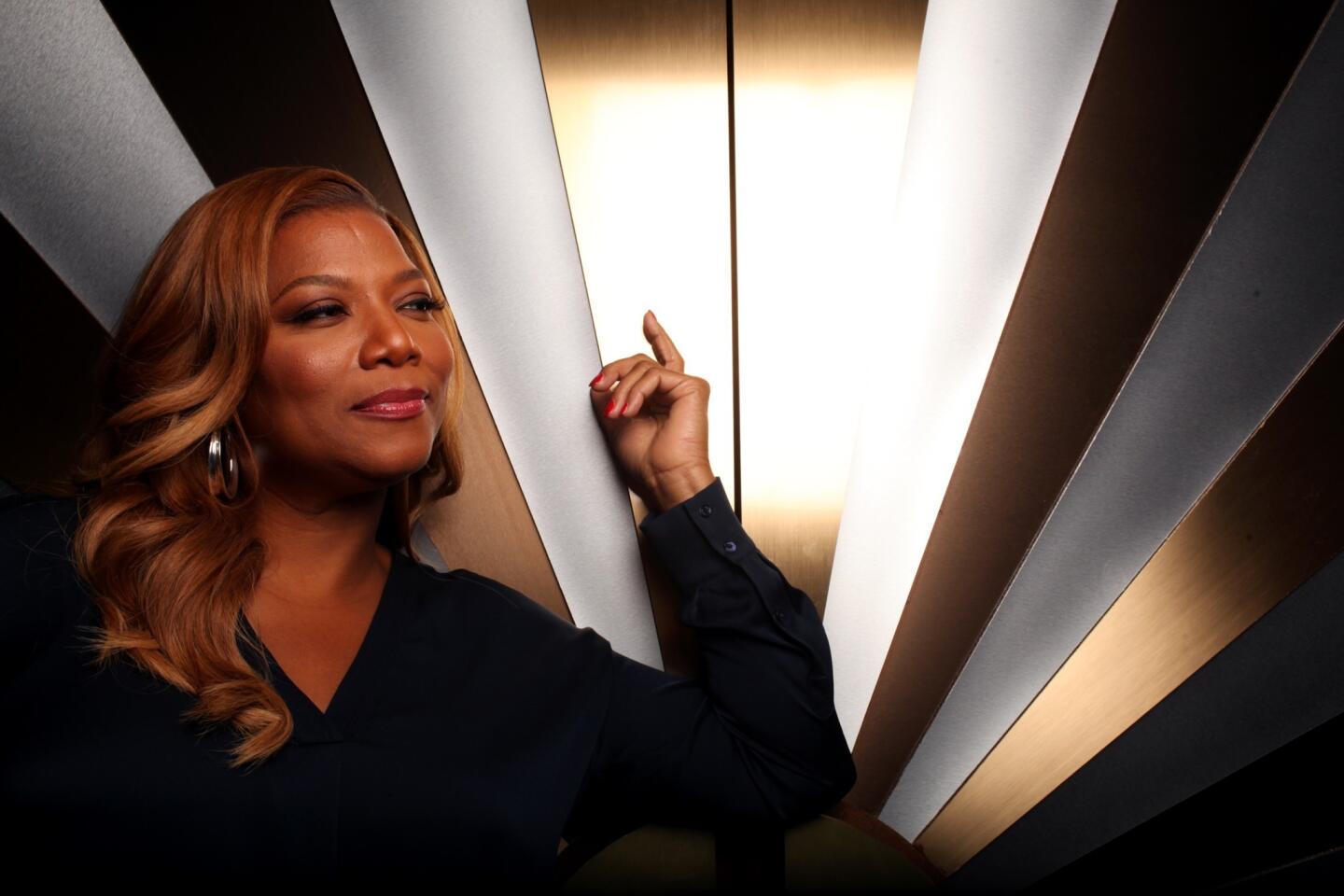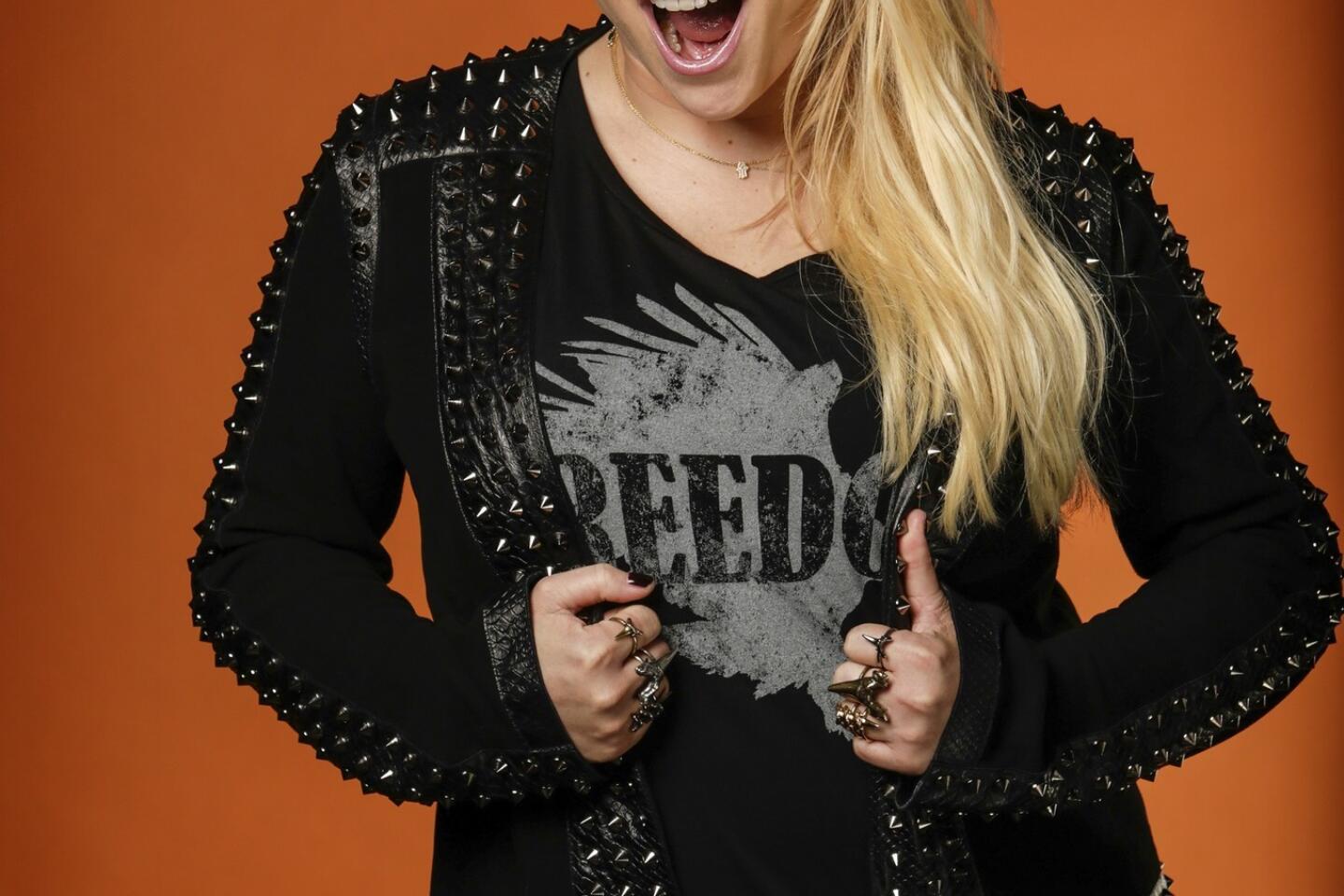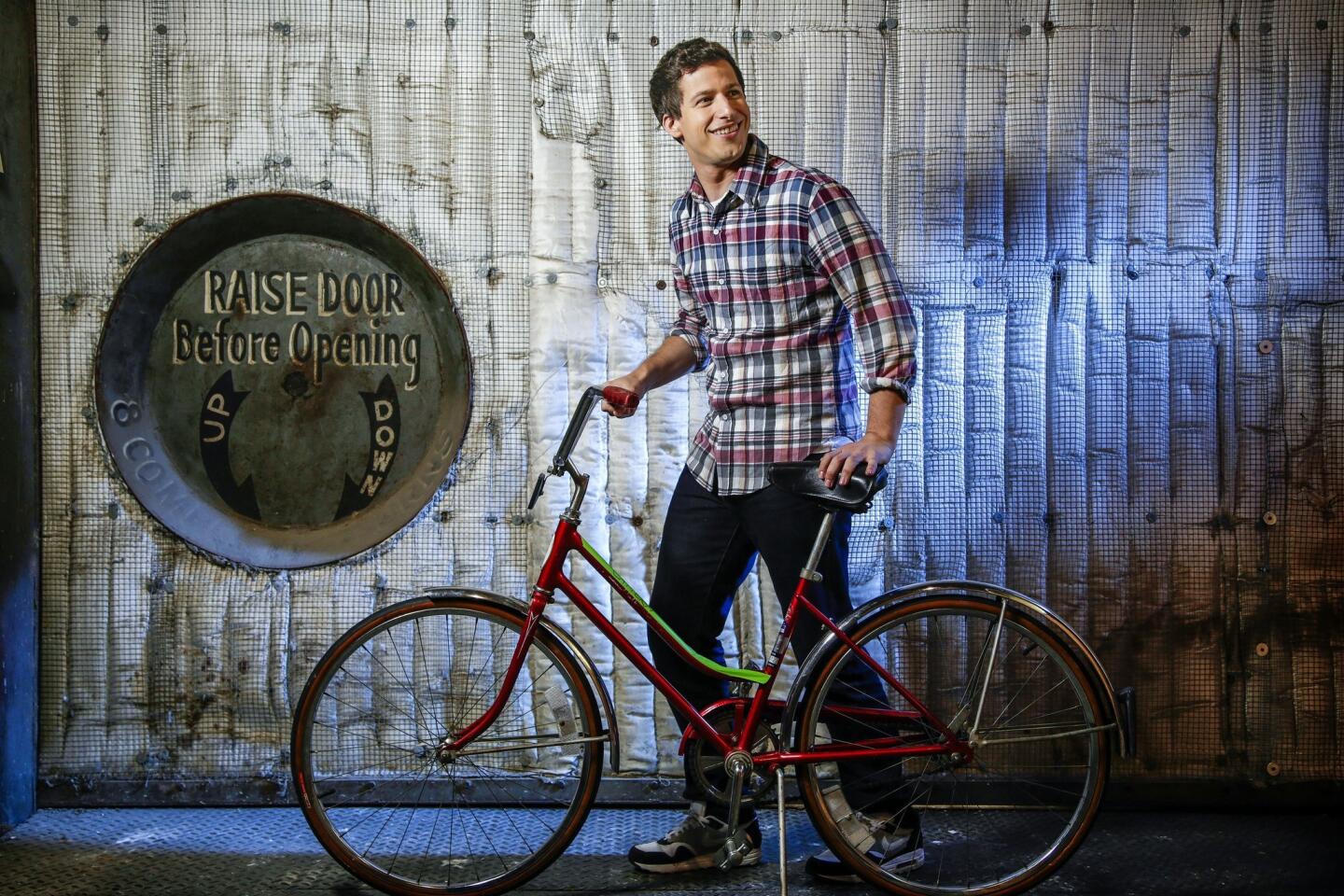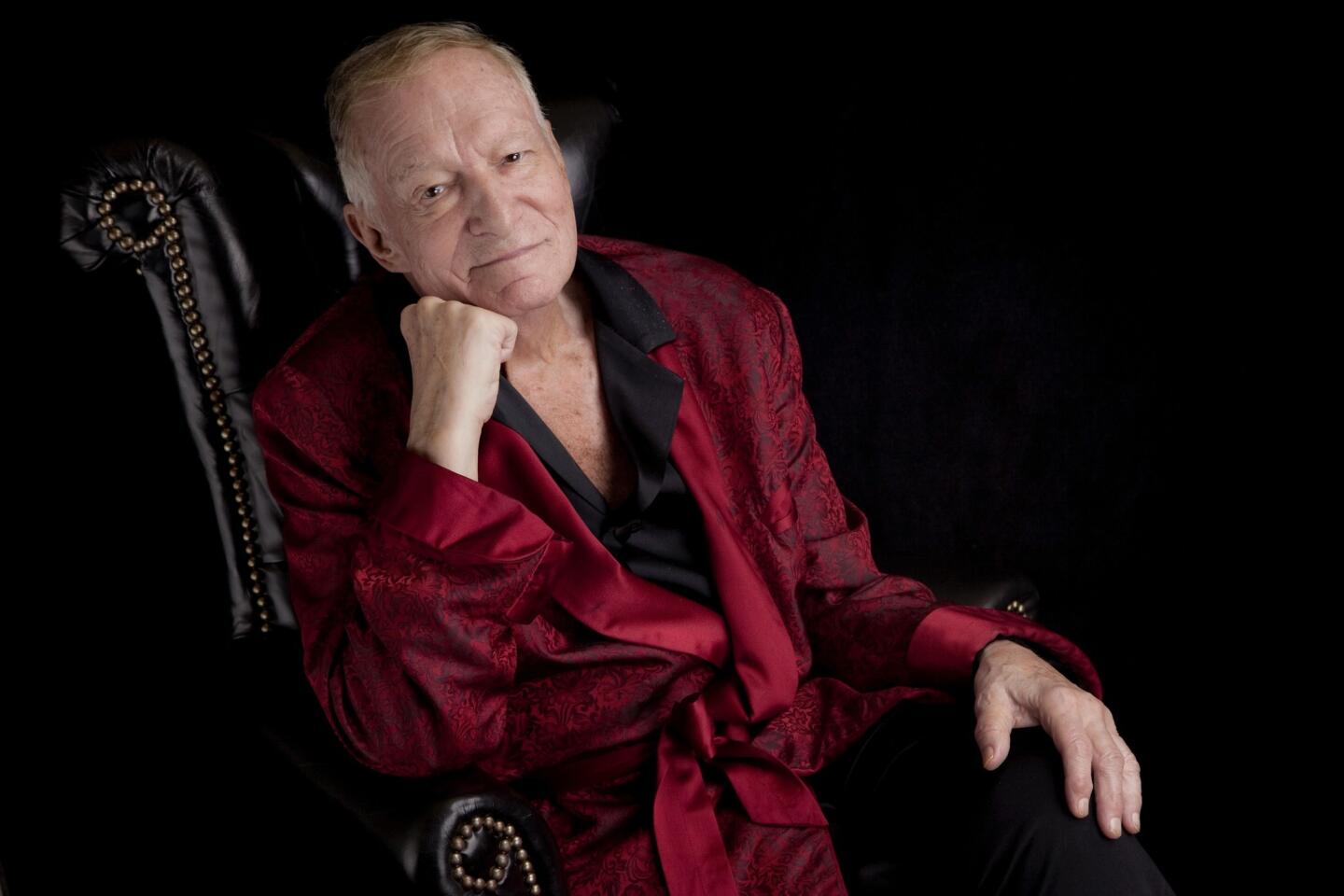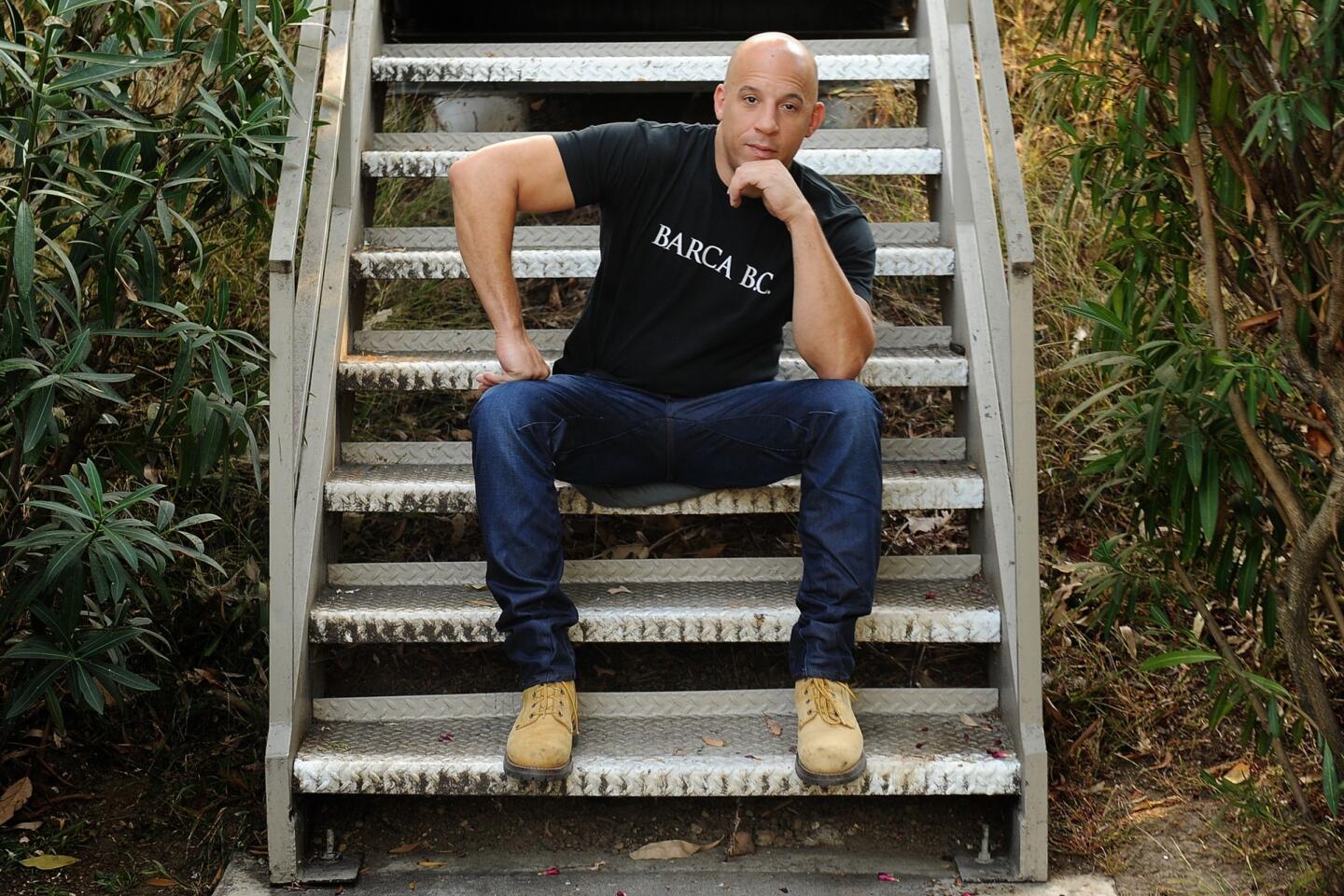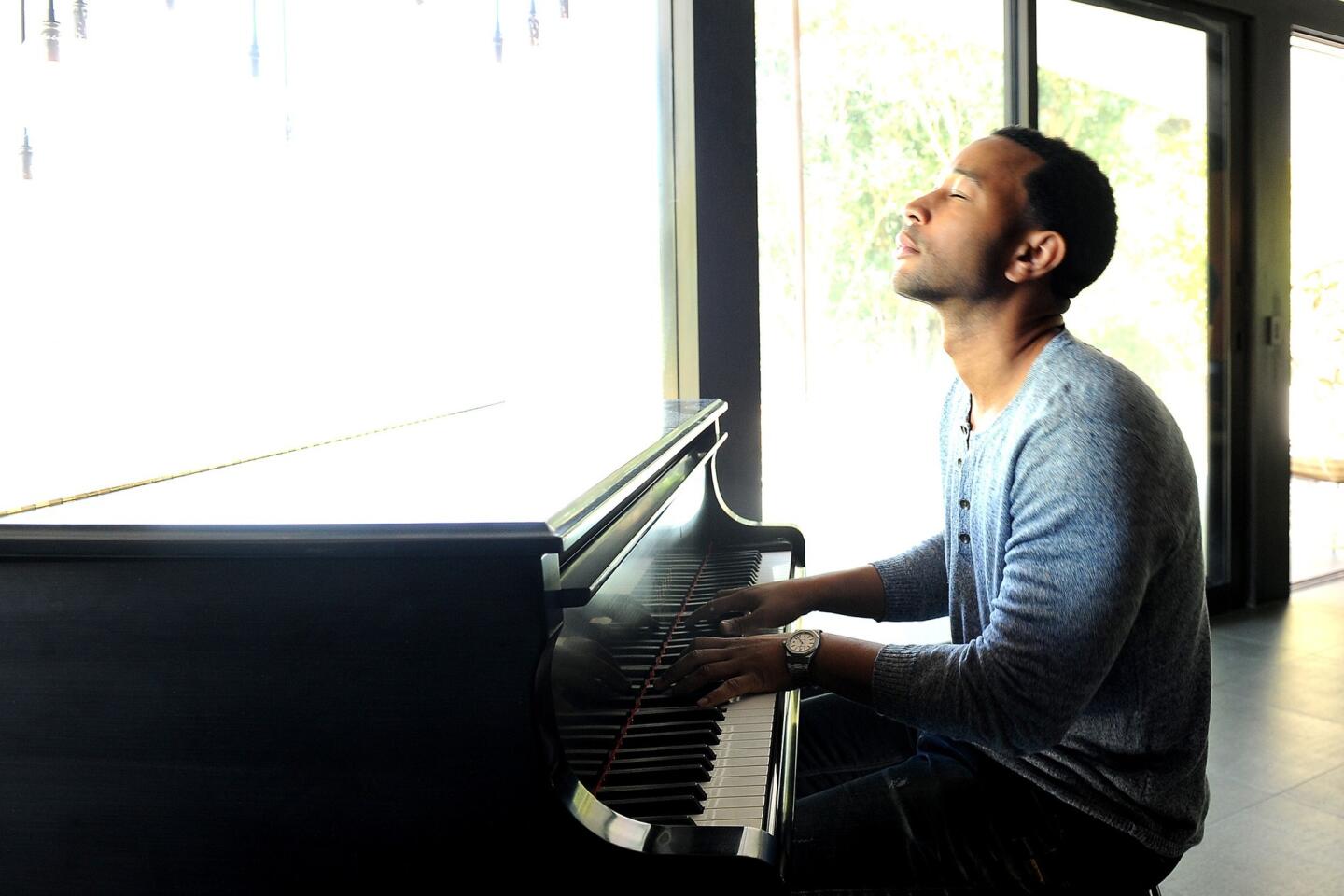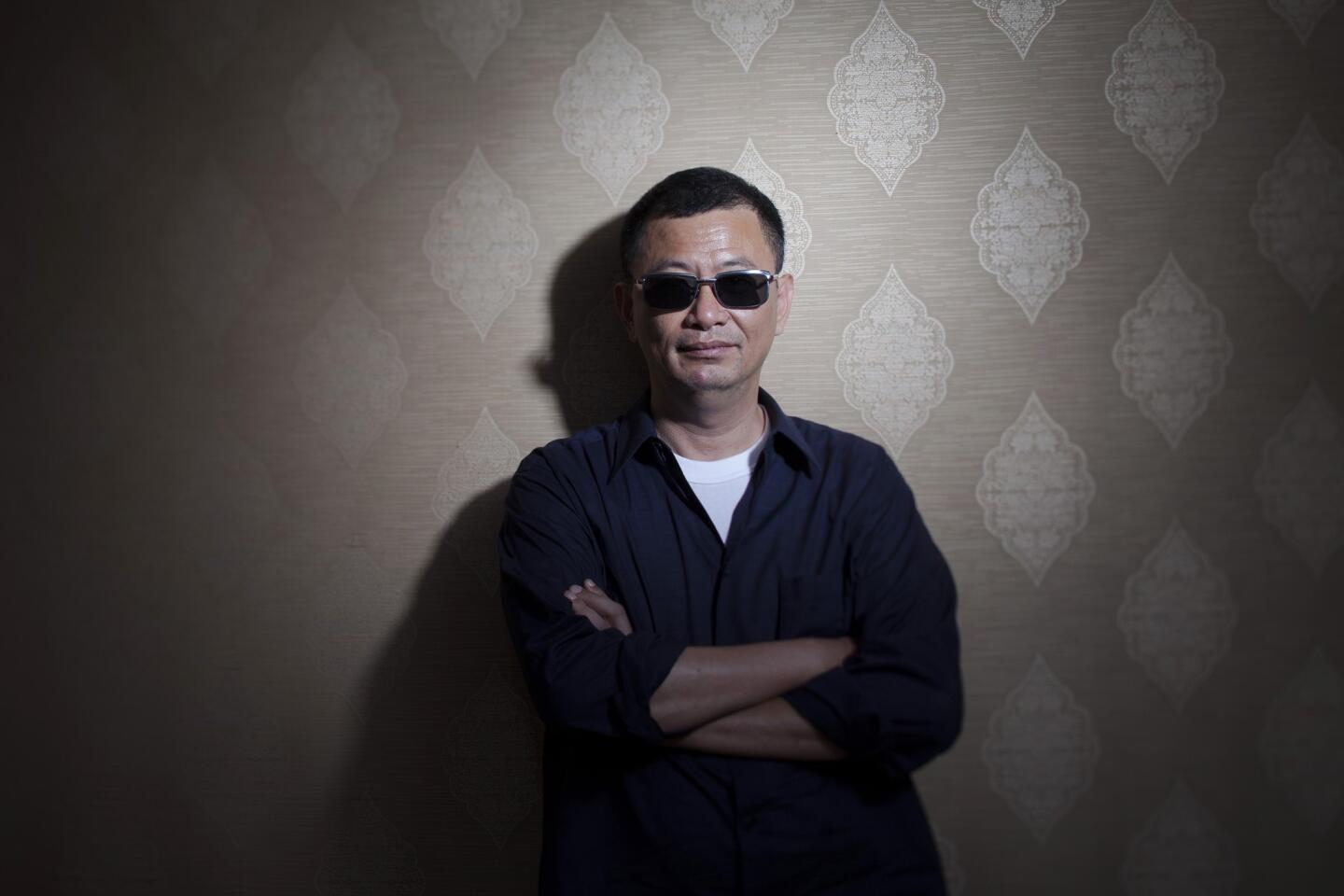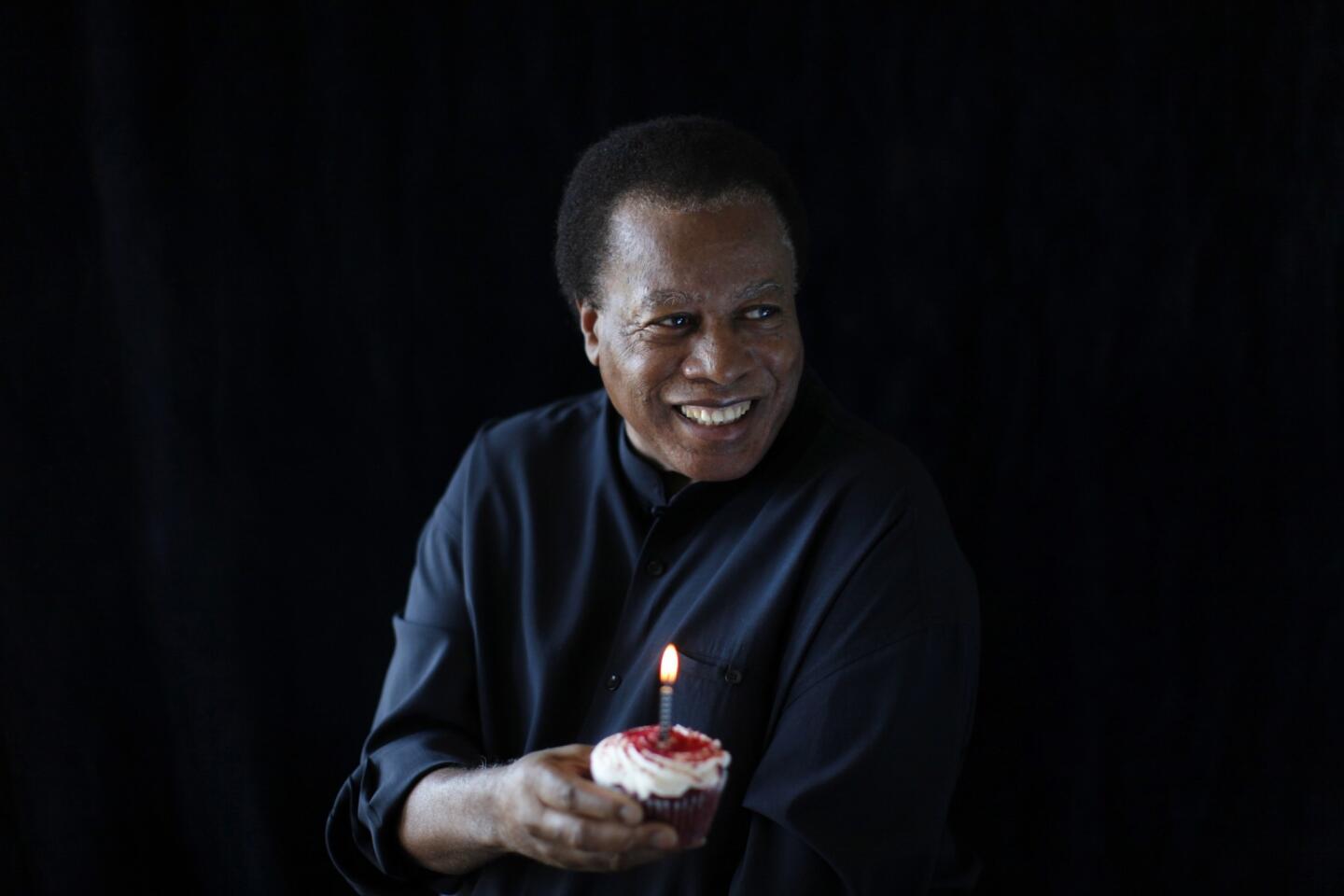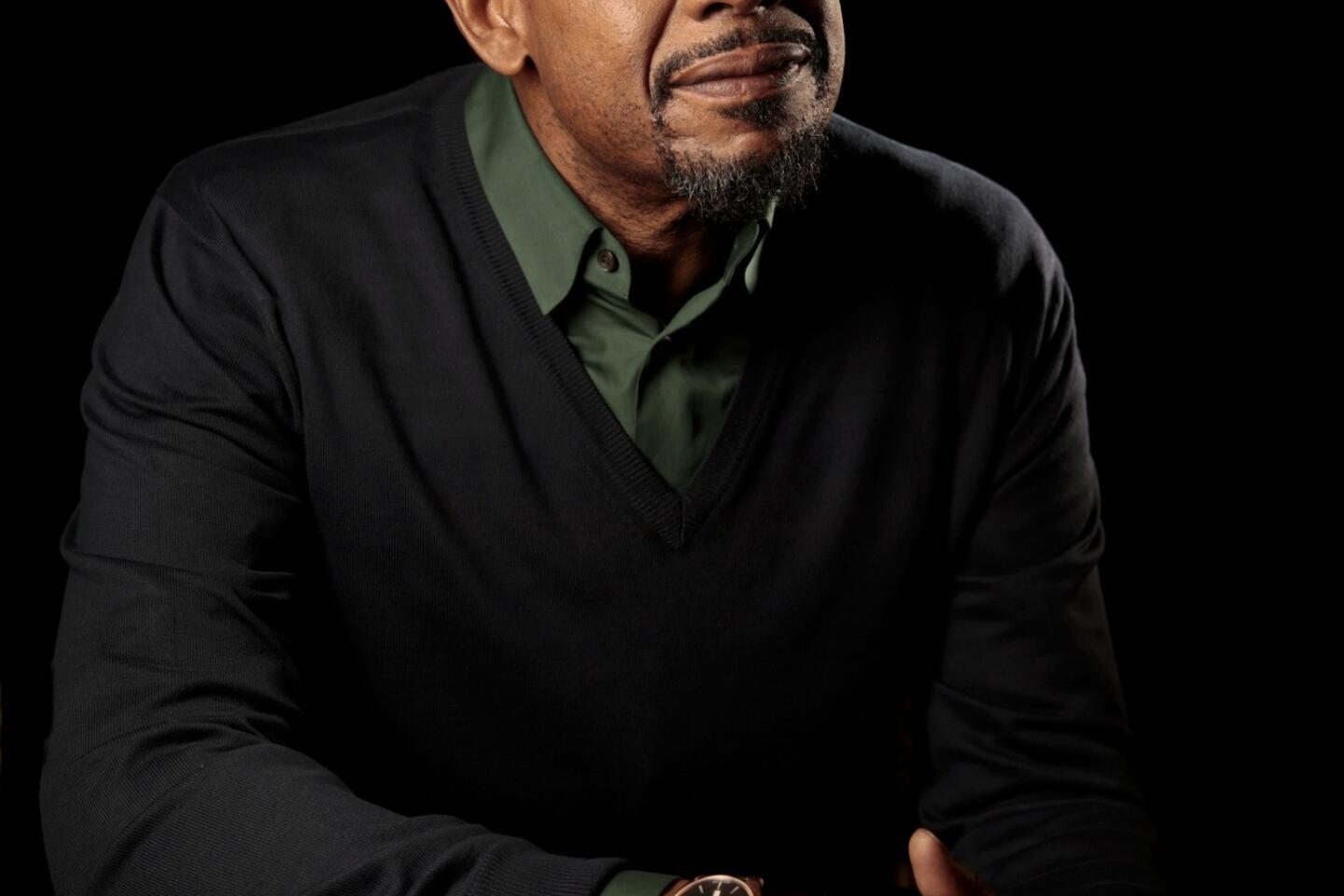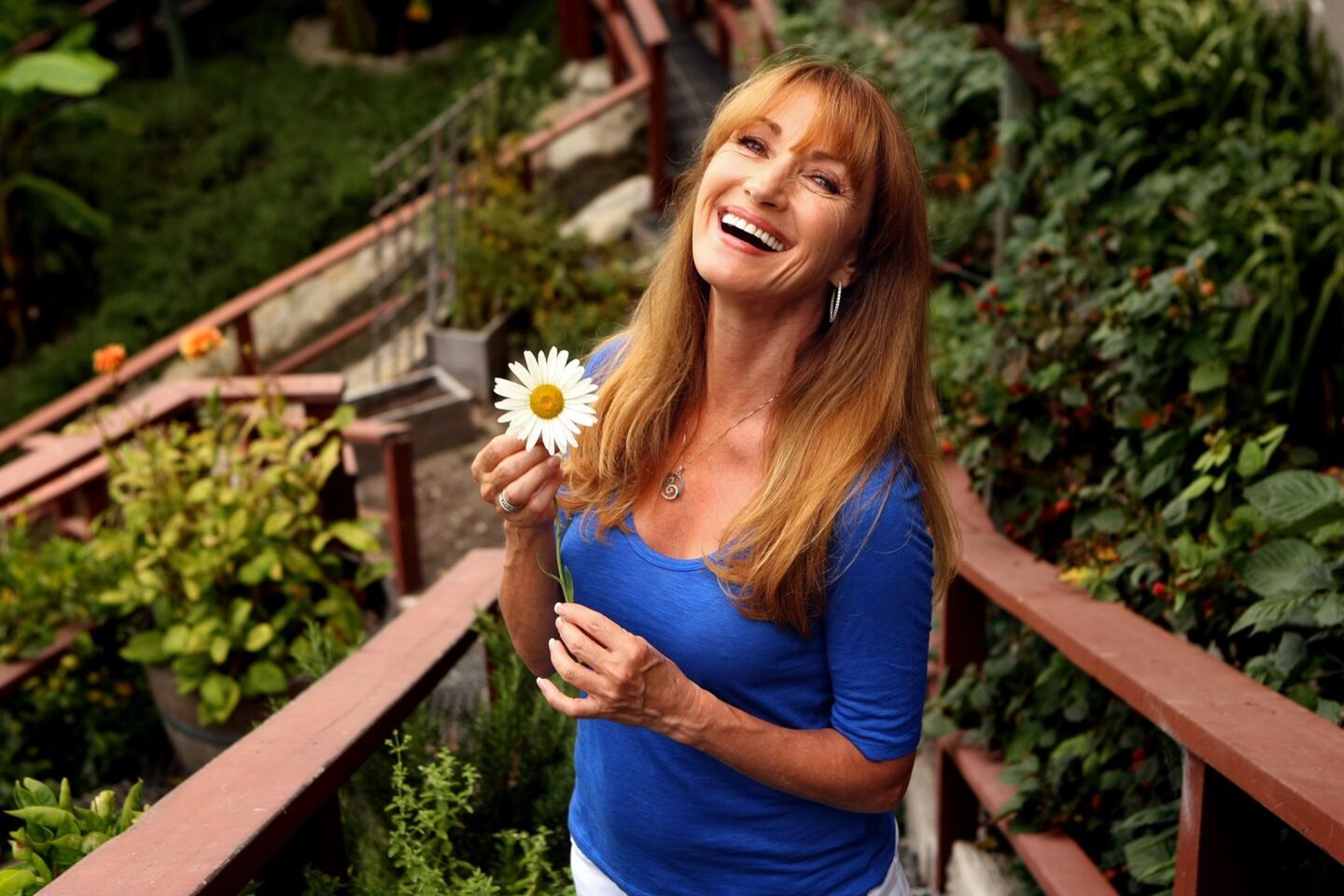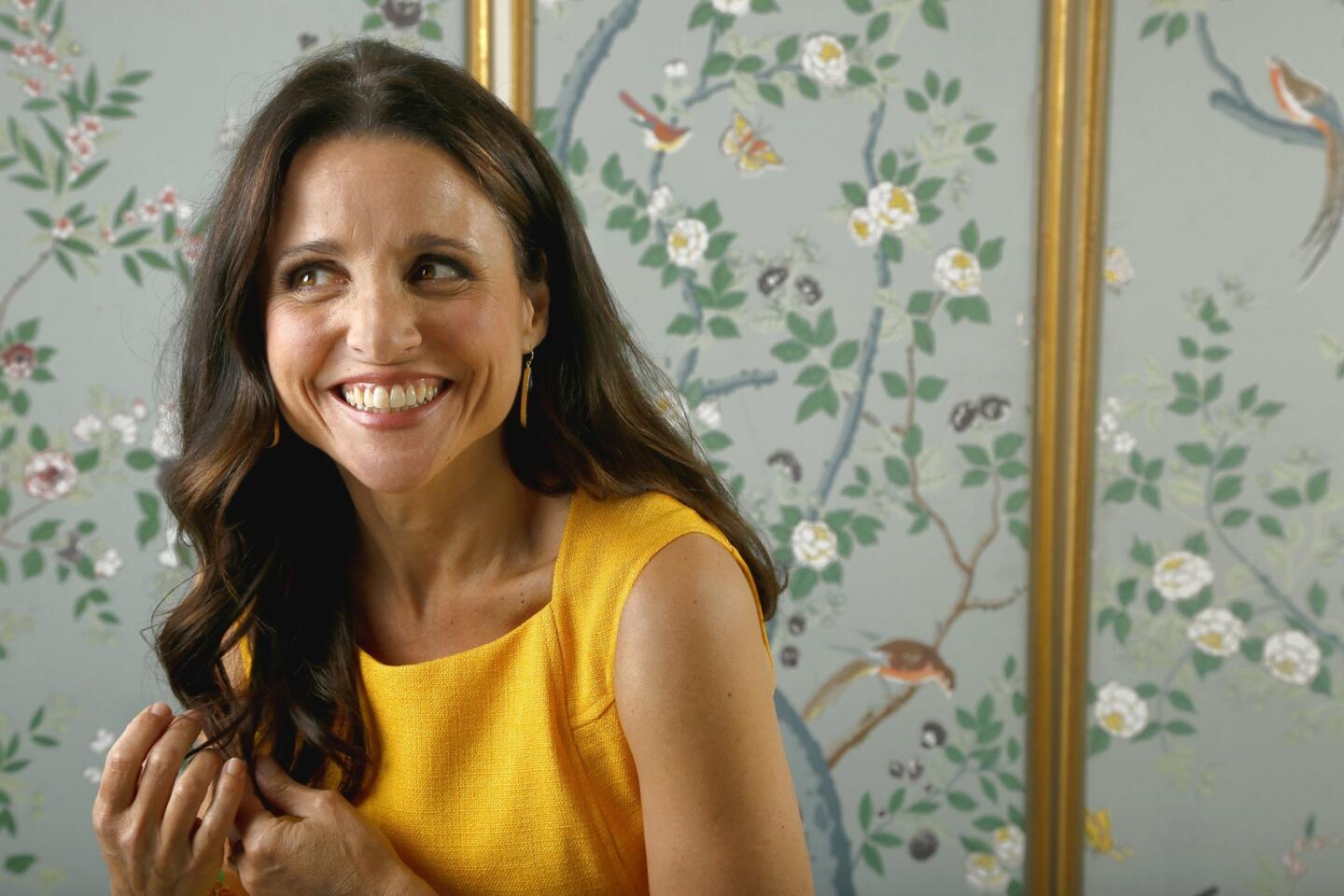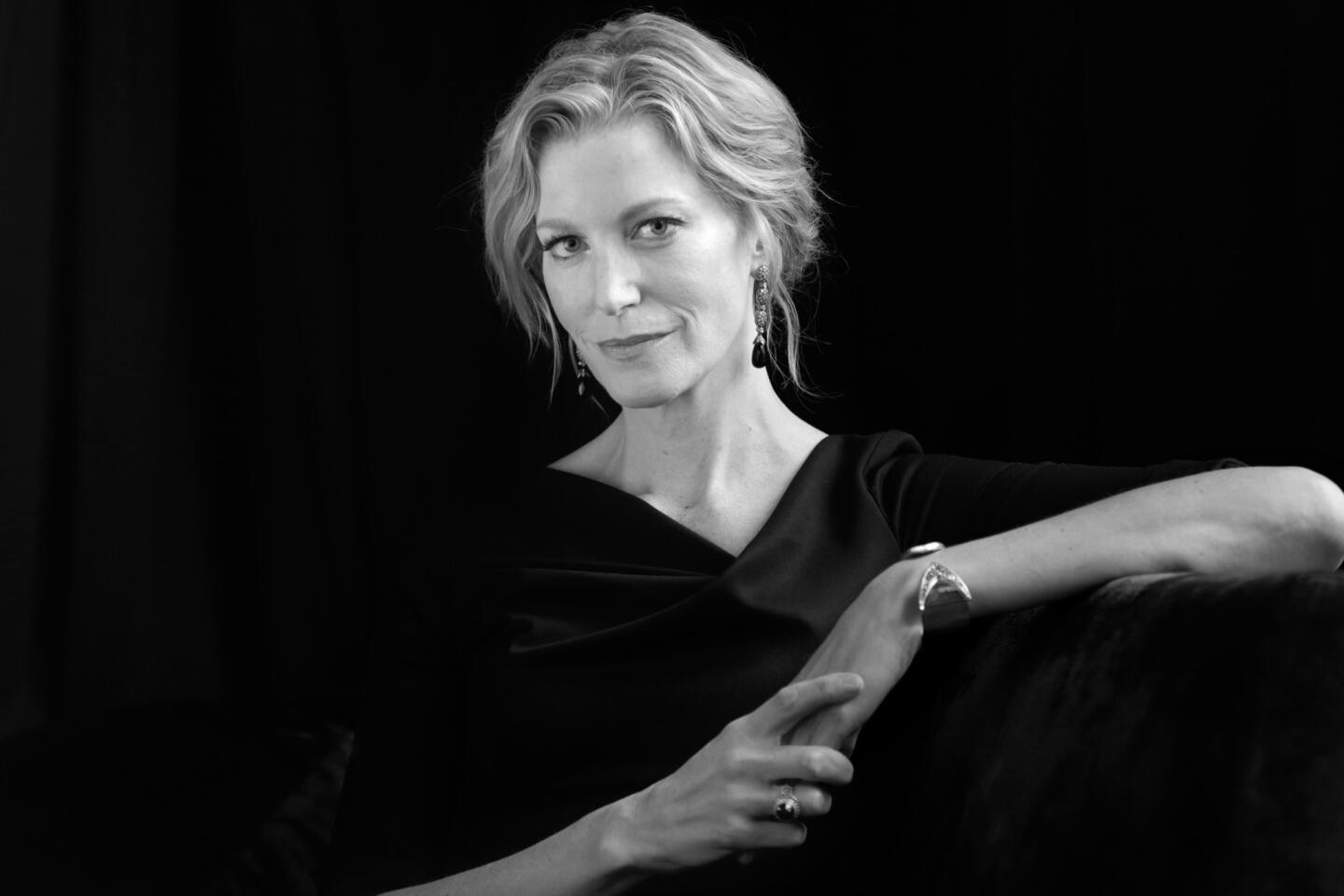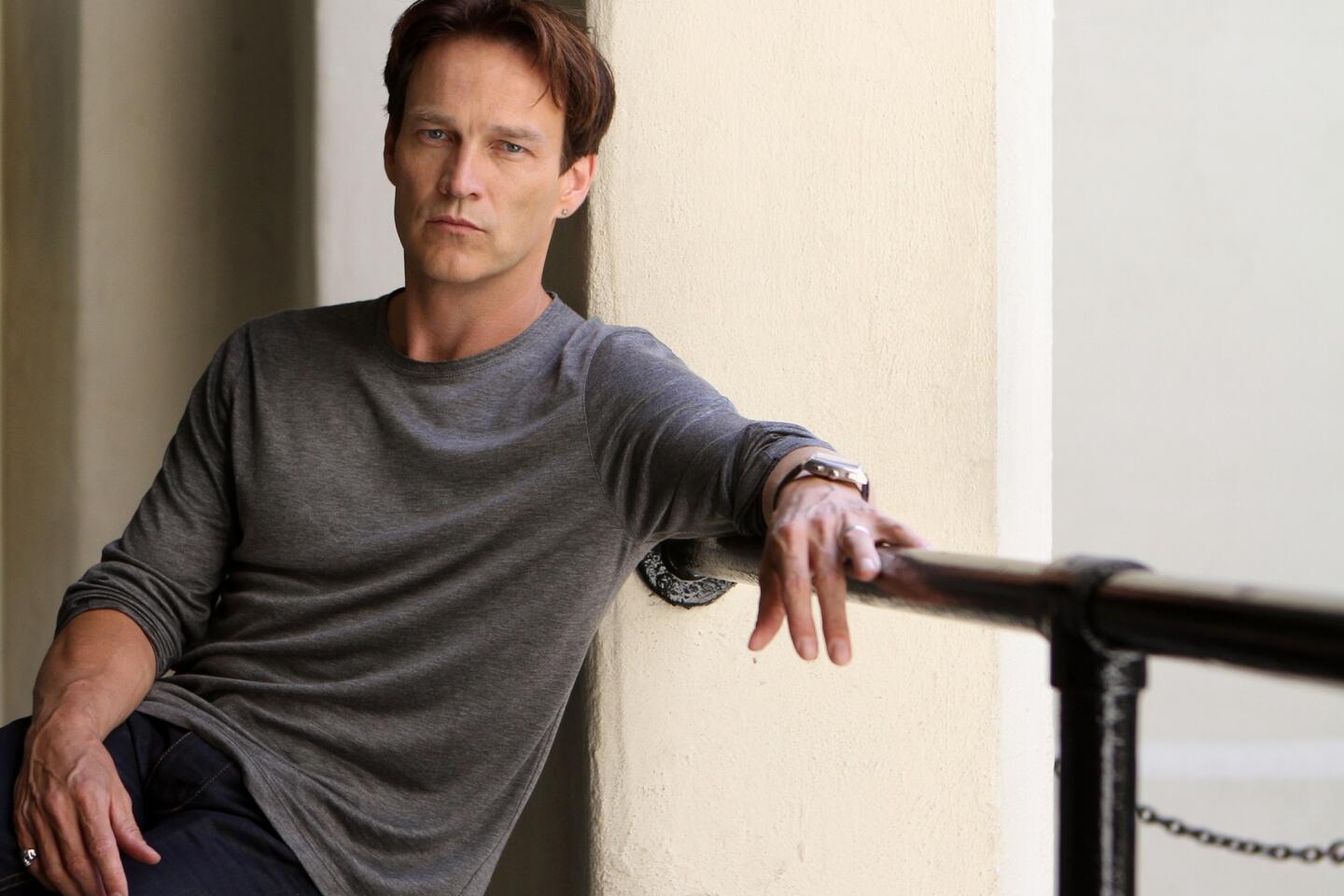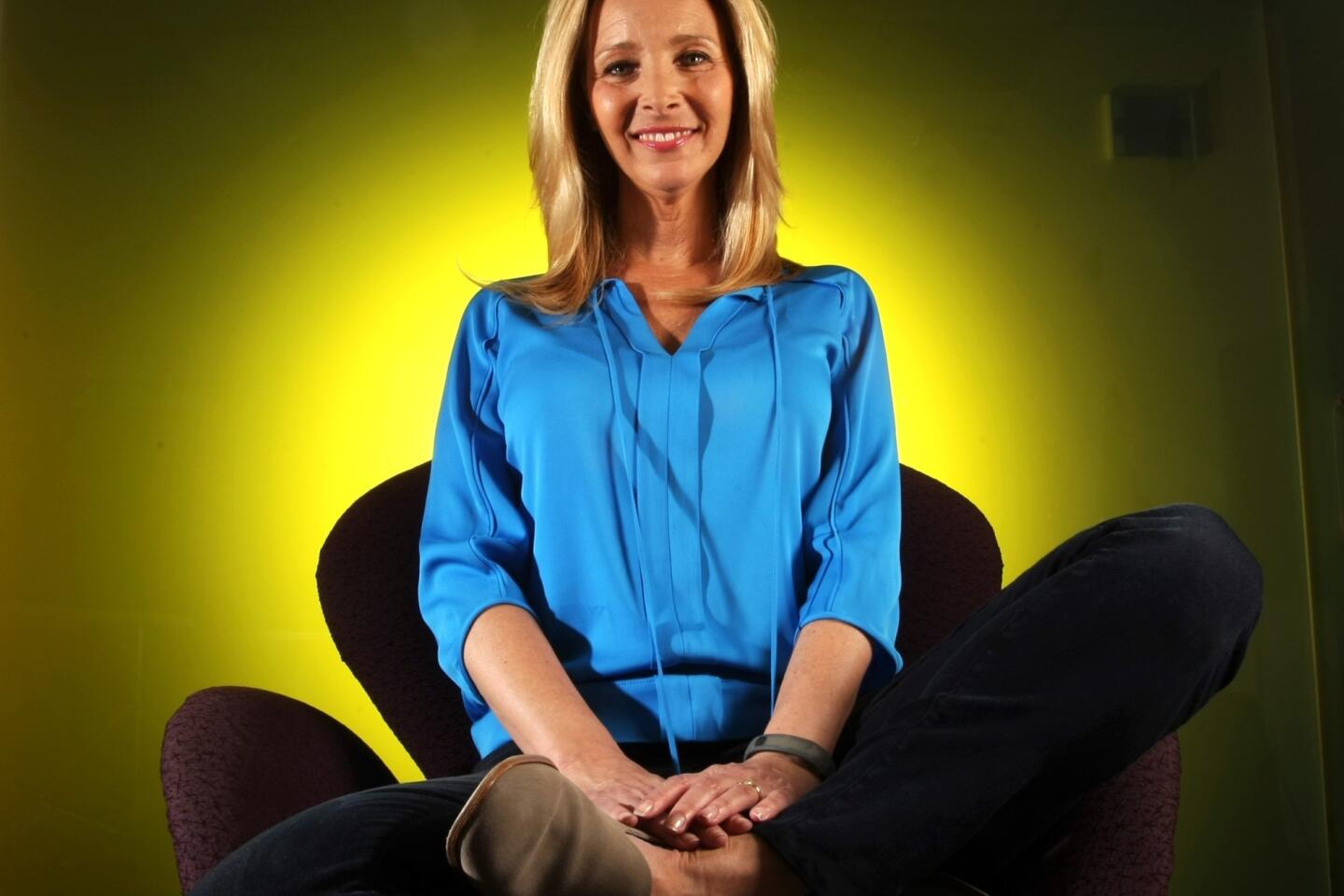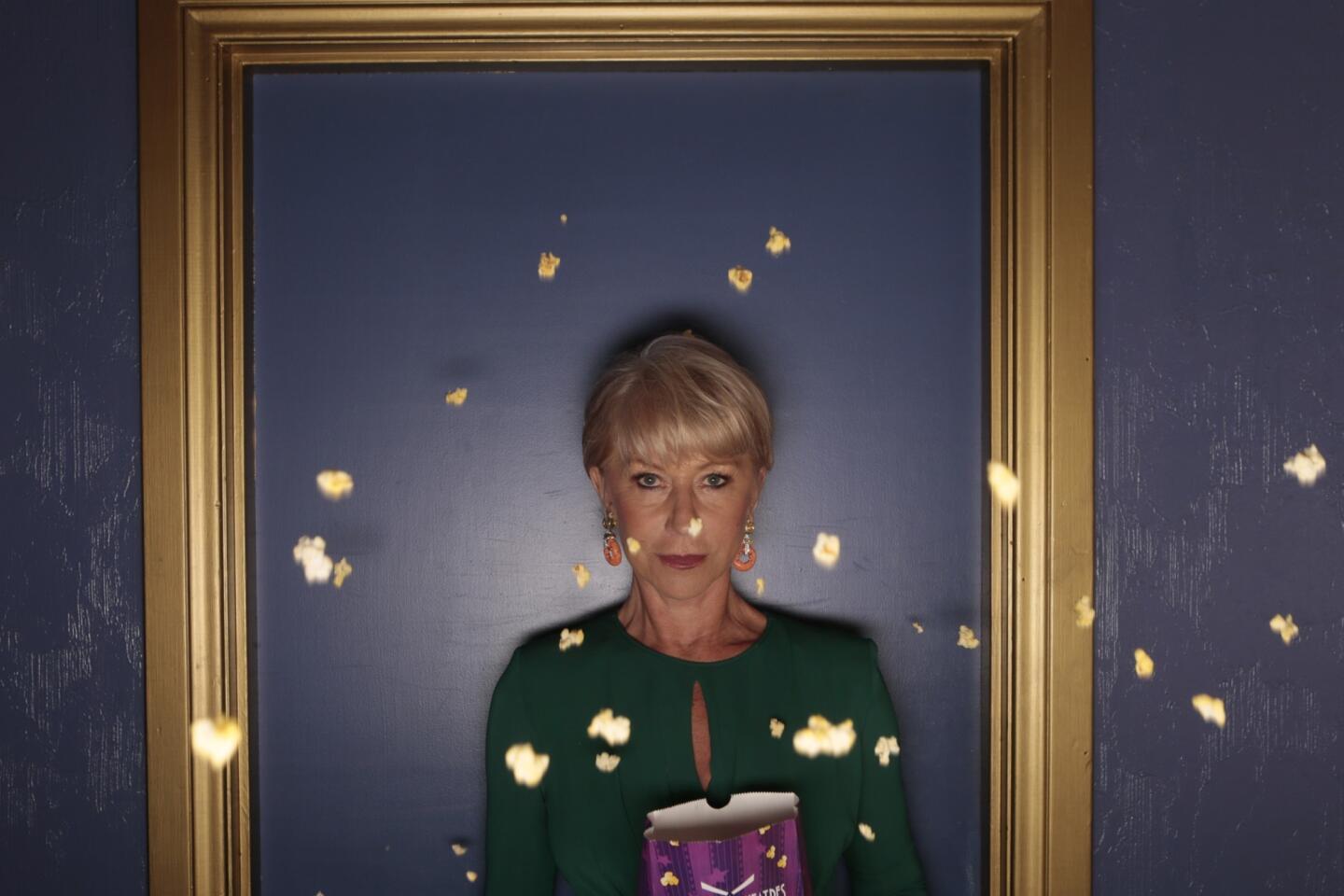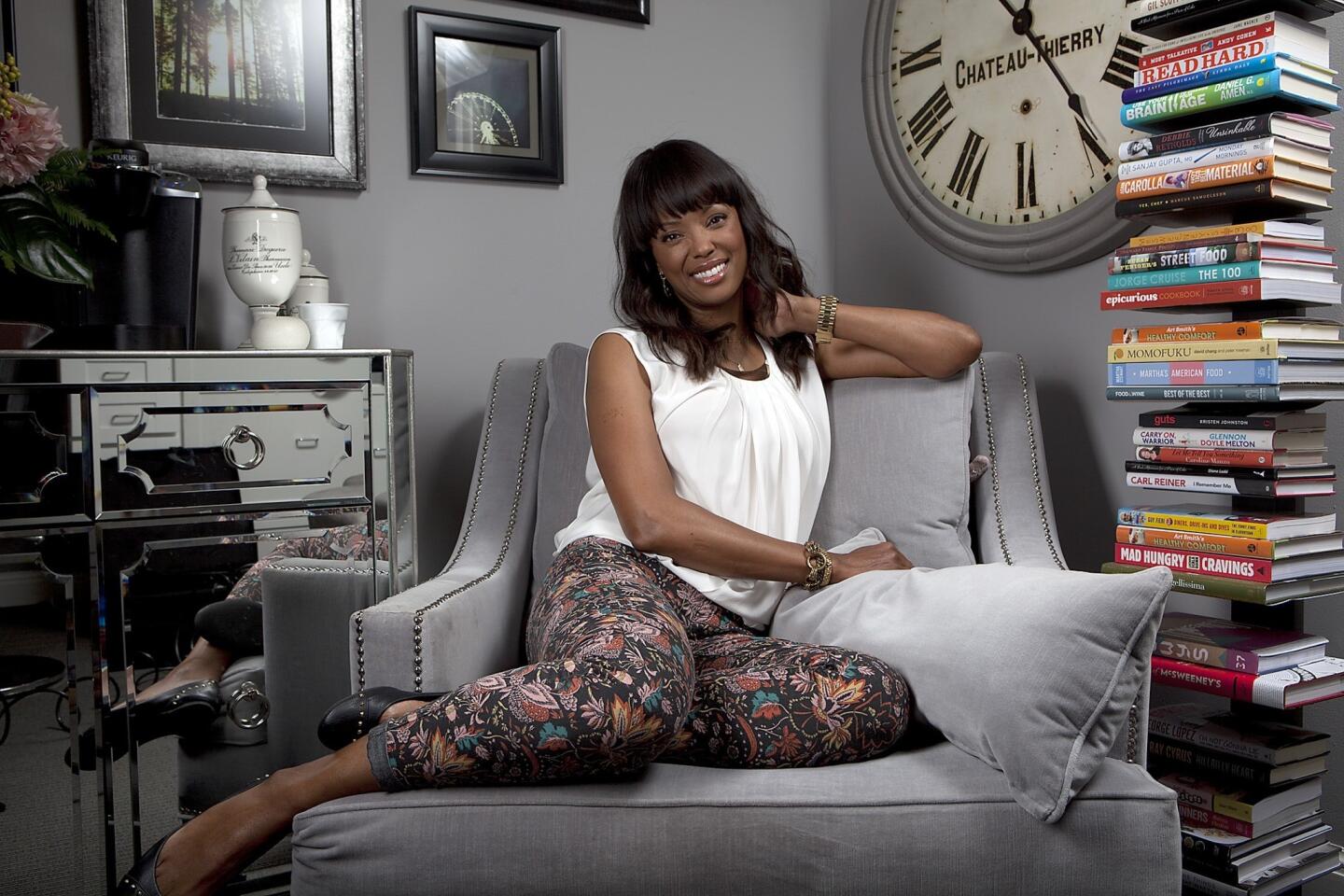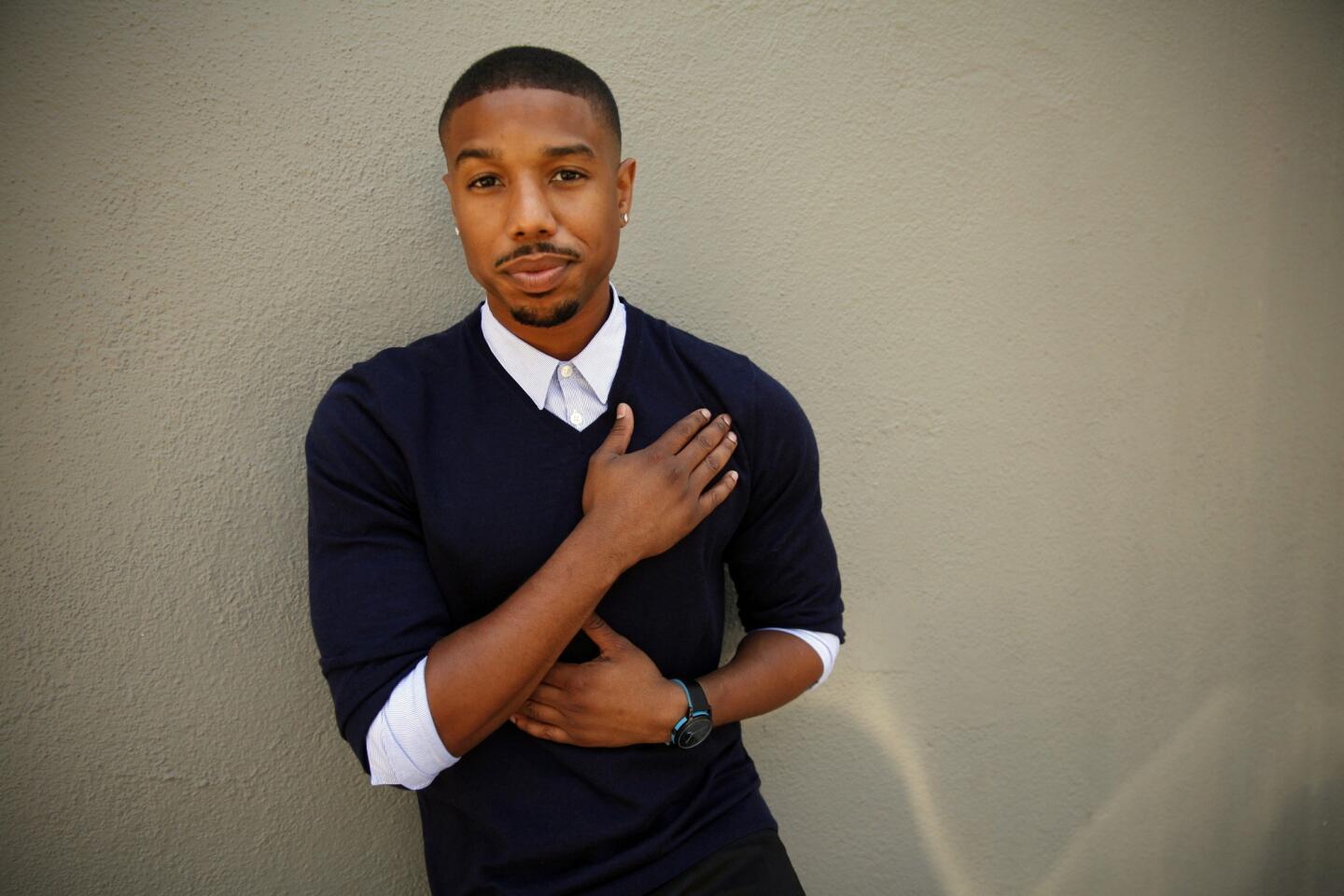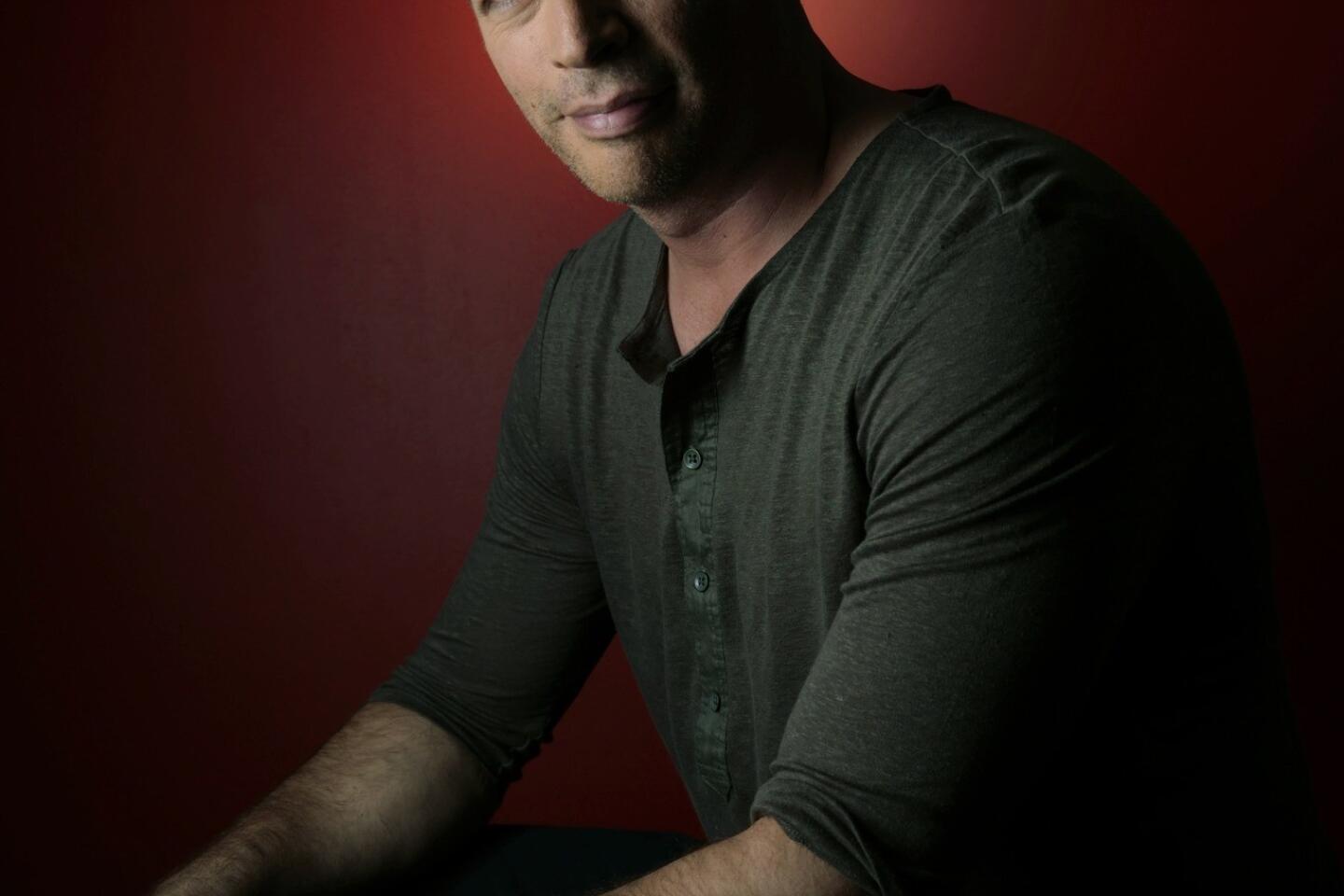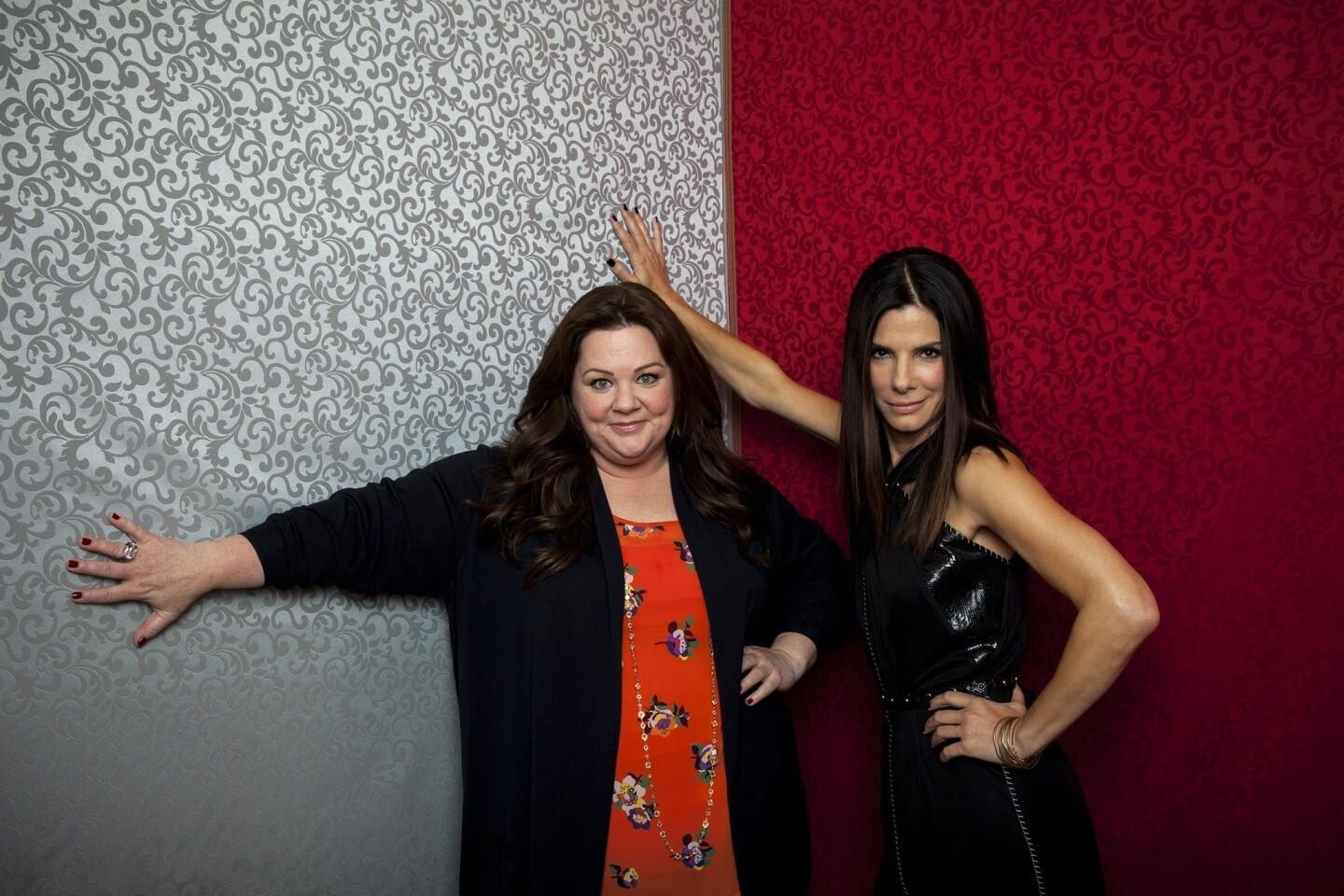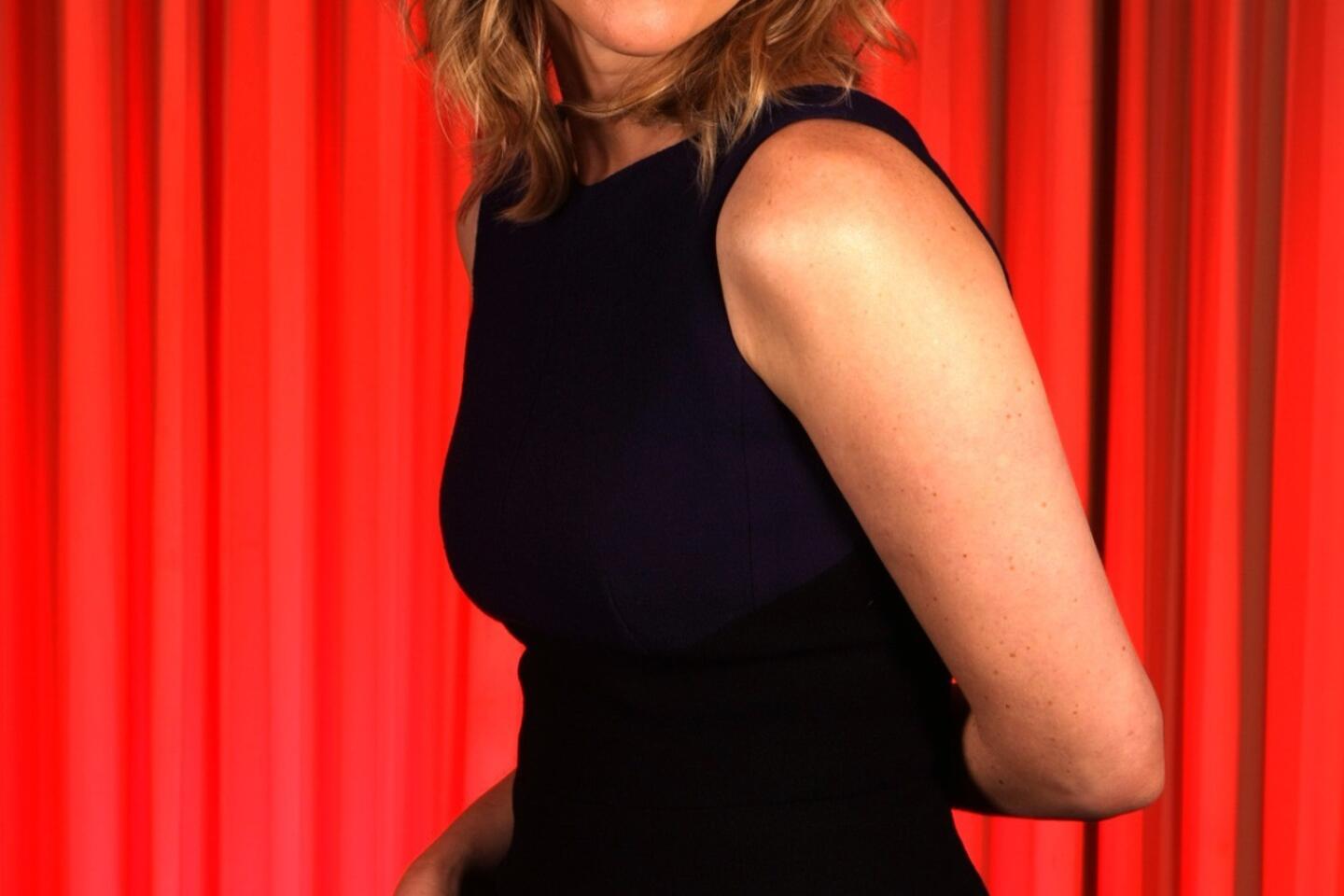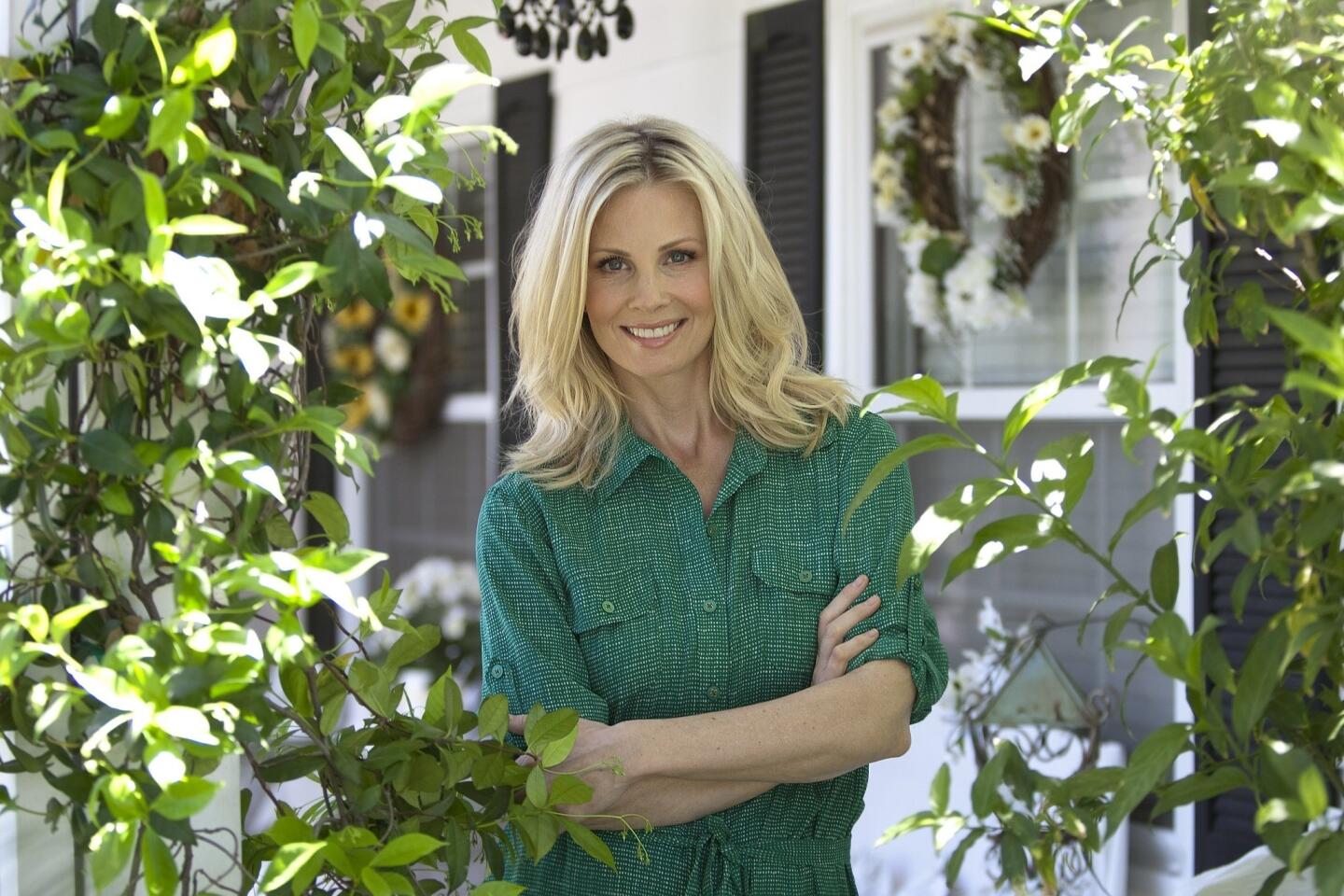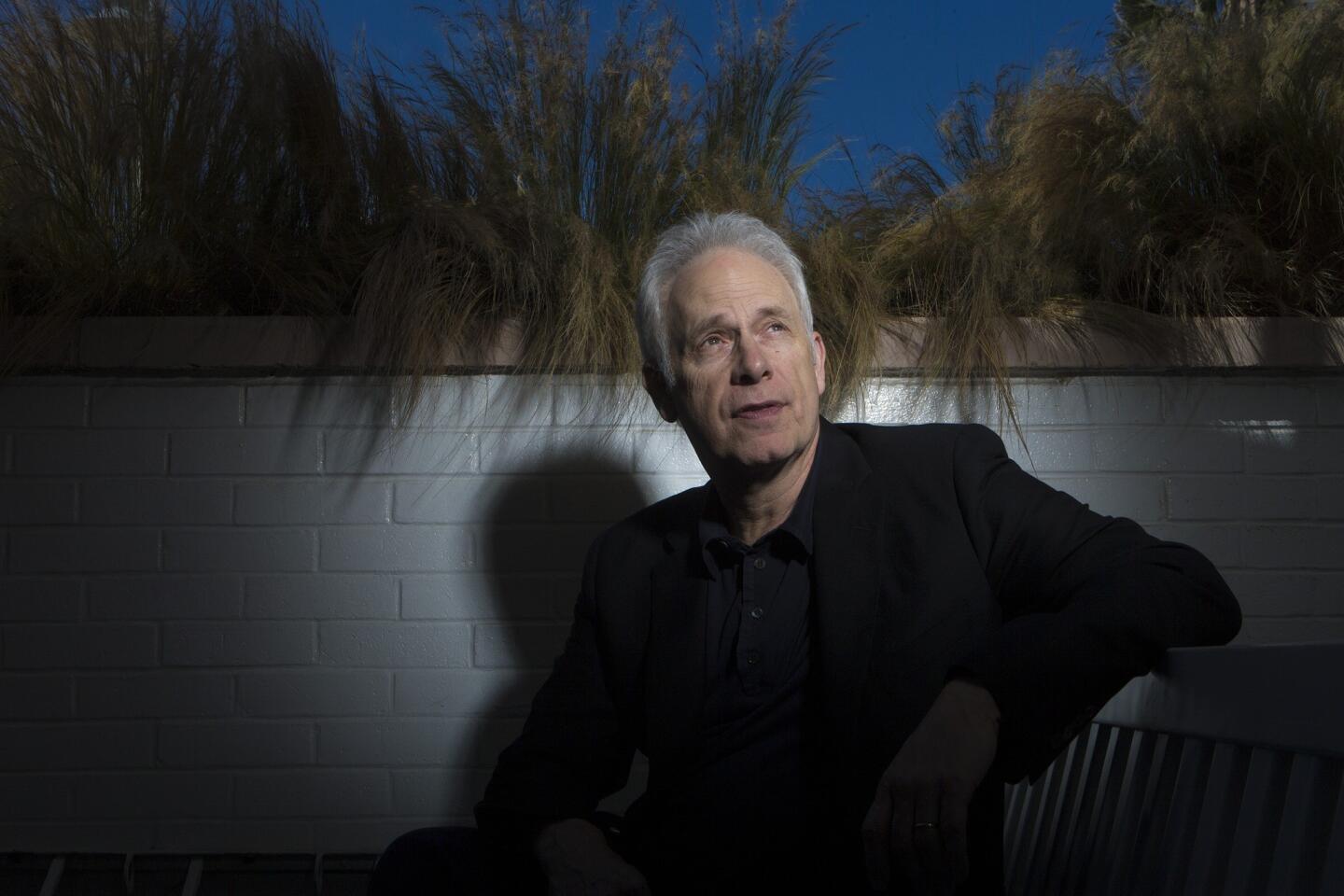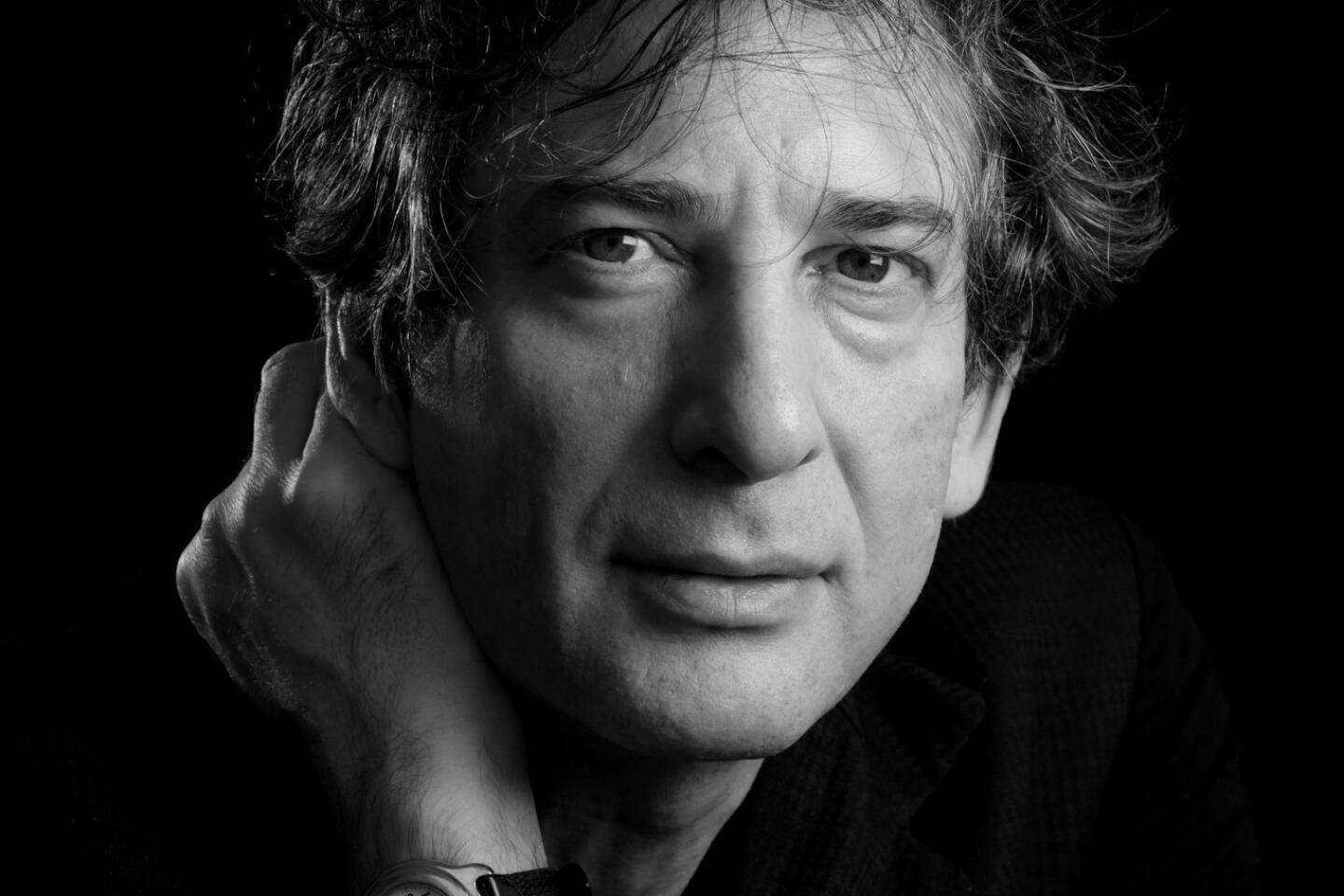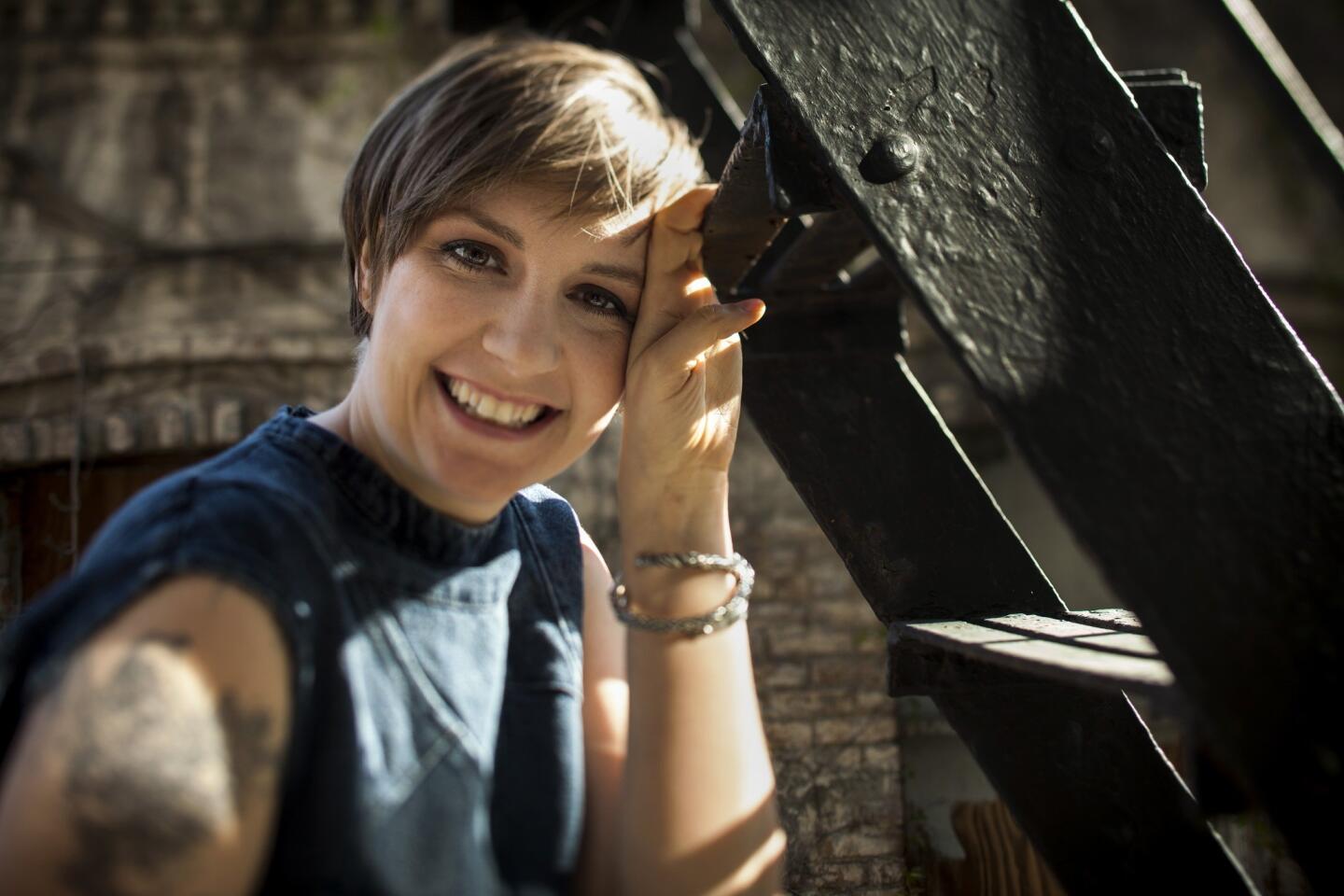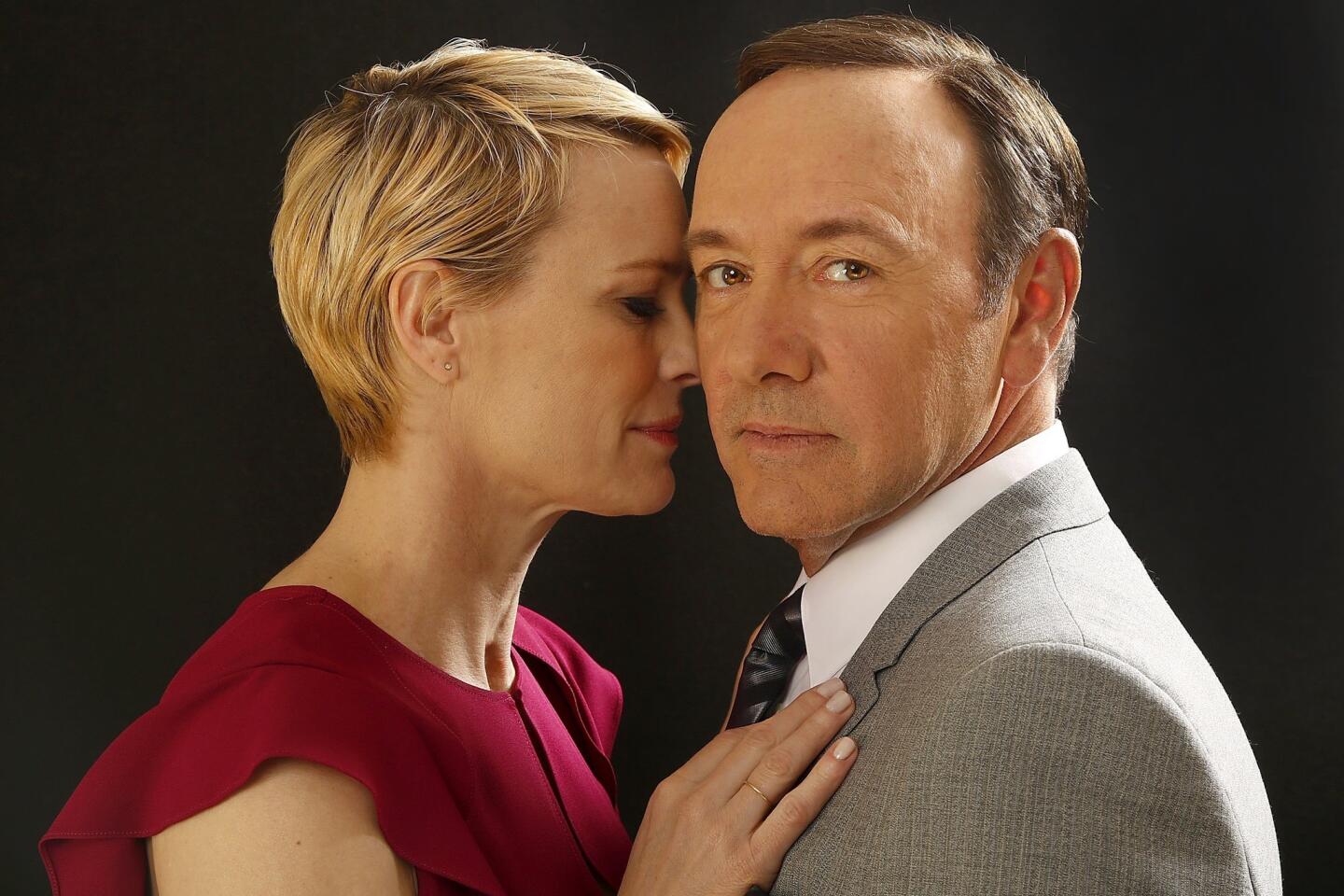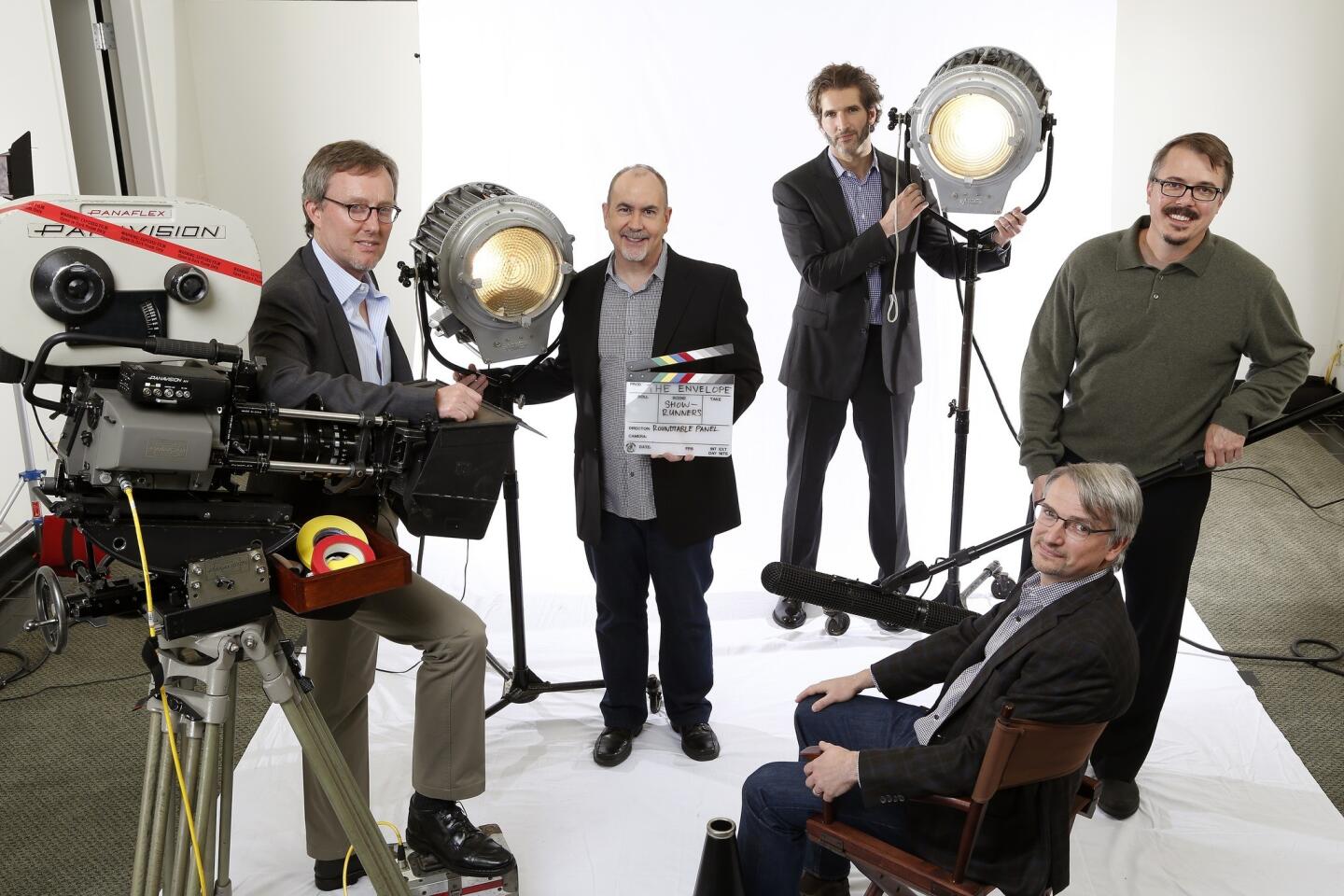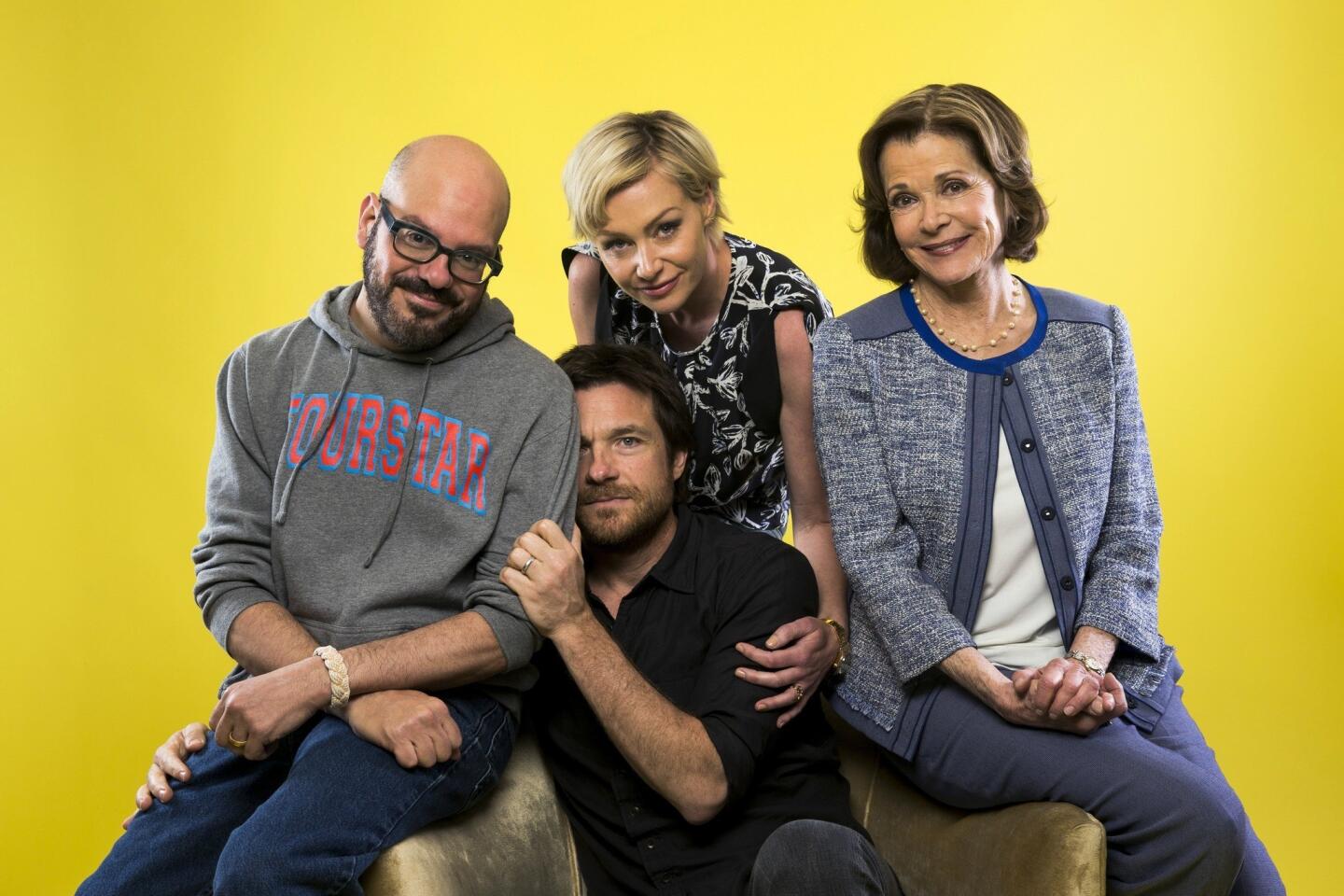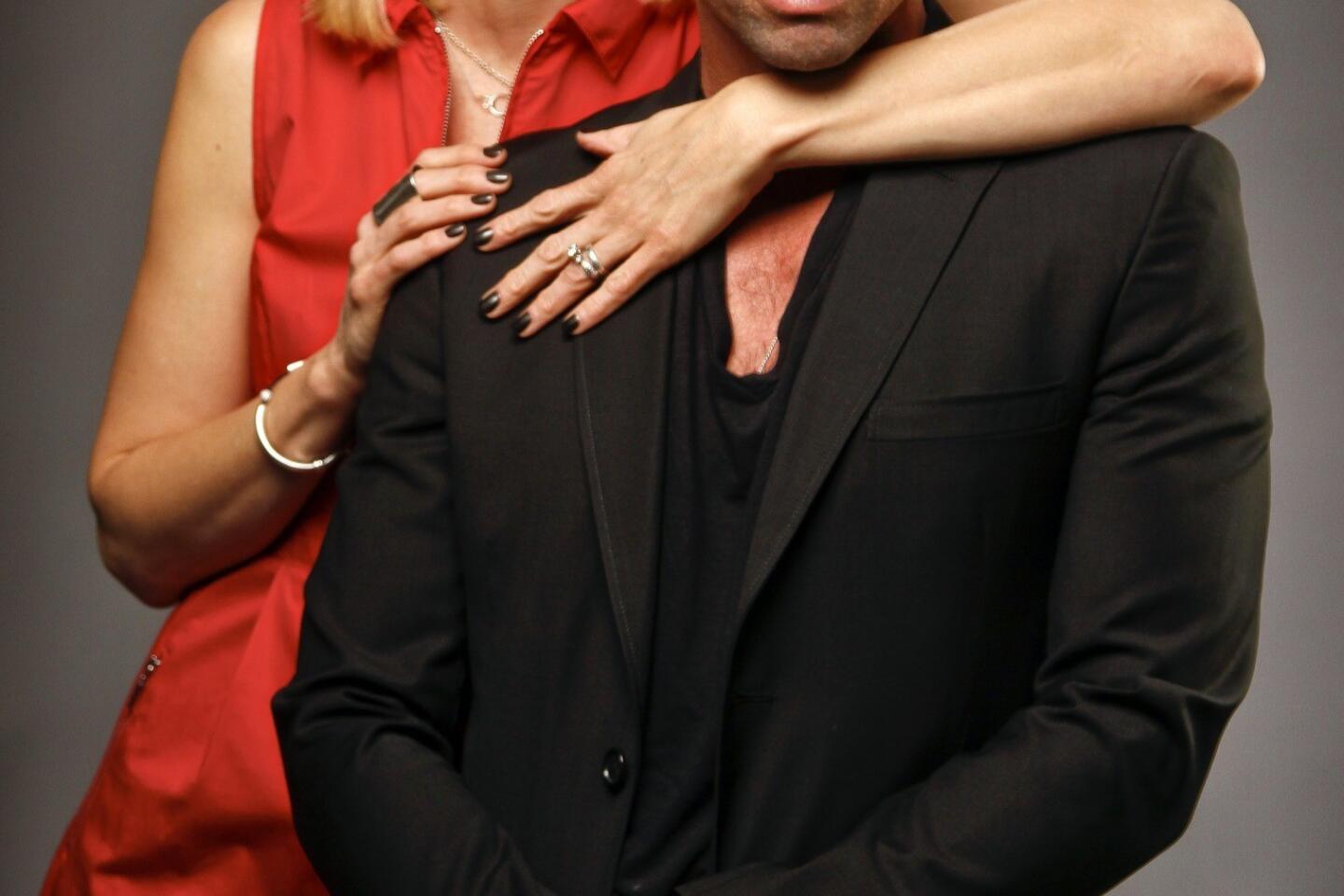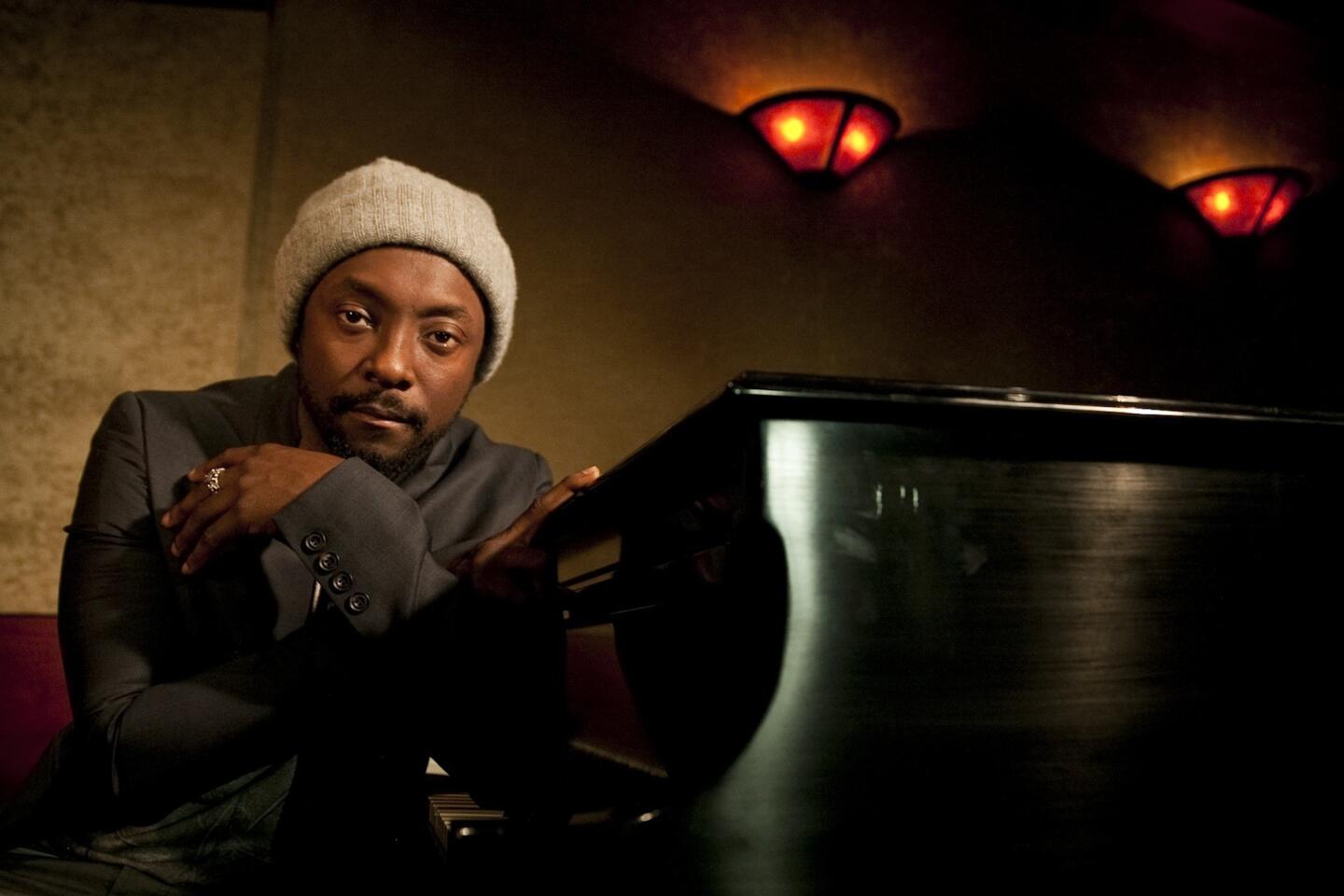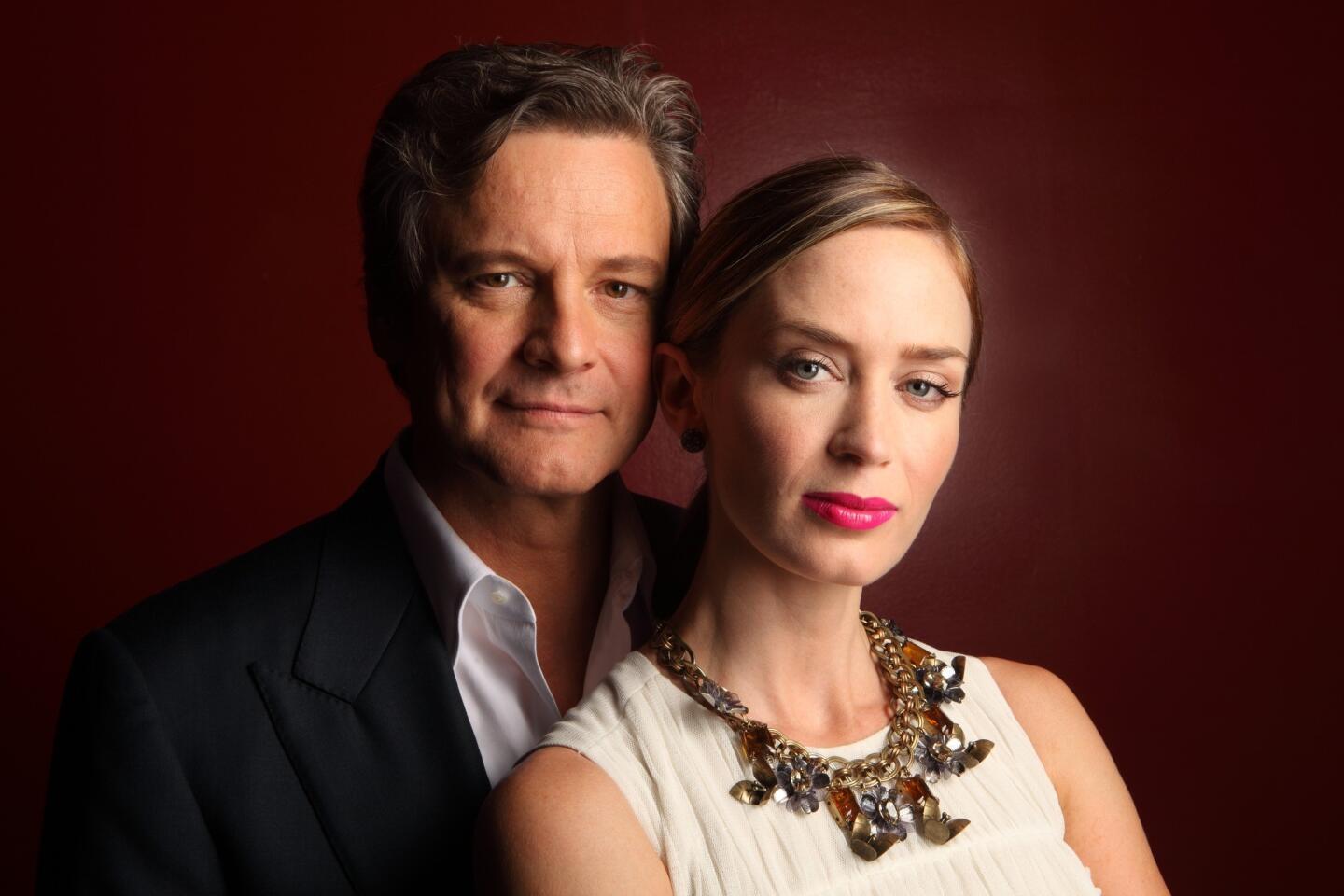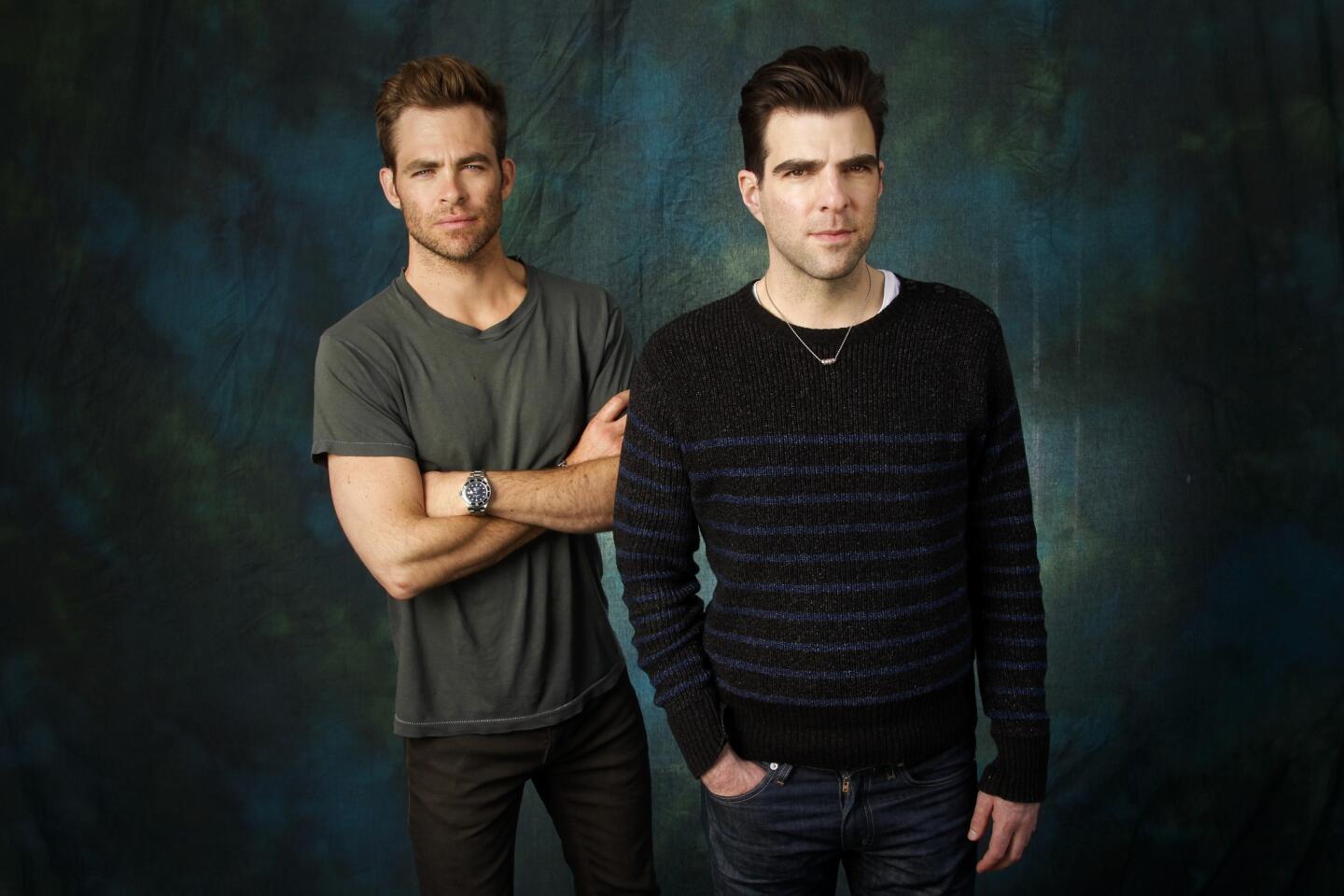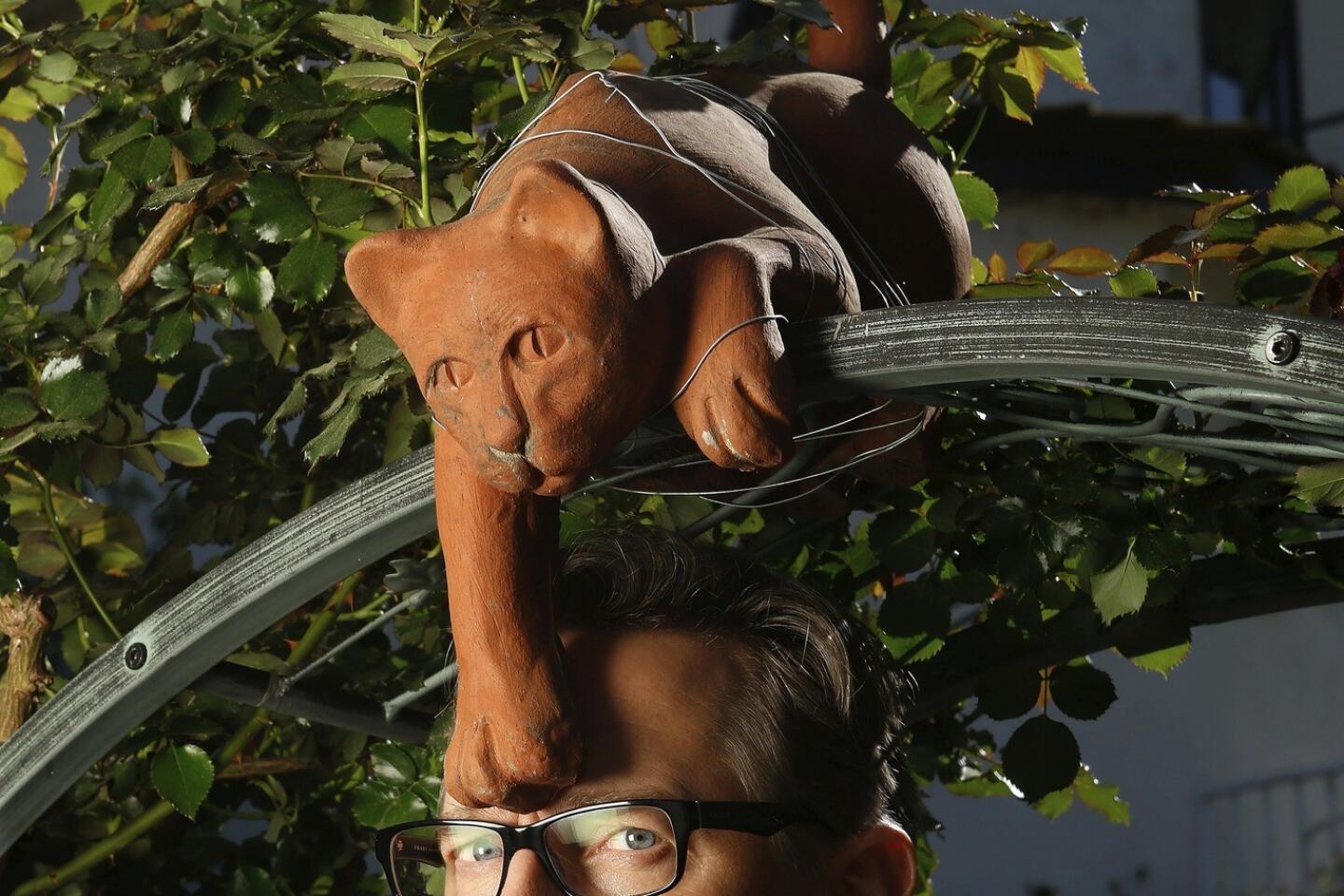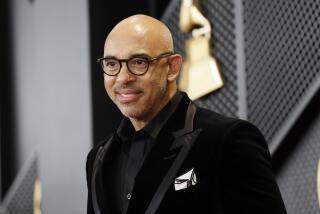Diversity efforts slow to change the face of Oscar voters
- Share via
The next Academy Awards promise to be one of the most inclusive ever for people of color.
As many as a dozen black filmmakers, actors and actresses are expected to be in the running for Oscars in major categories such as director, actor and supporting actress when nominations are announced on Jan. 16.
Yet despite recent efforts by the Academy of Motion Picture Arts and Sciences to expand and diversify its ranks, the overall group of 6,028 Academy Award voters remains much more white than the diverse group of filmmakers likely to be shortlisted for the best work in 2013’s movies.
INSIDE THE ACADEMY: Who’s who among the members
The academy has invited 452 people to join its ranks over the last two years, an unusually high number even though 20 of them were non-voting slots. By accepting more members, the academy hoped to bring more women and minorities into the organization.
Although the two new classes are noticeably more diverse than in past years, they failed to change the face of the academy in a material way because new members make up such a small percentage of the entire constituency, according to a Los Angeles Times analysis.
Even with the 432 new voting members, the overall academy is still 93% white, a decrease of less than 1% from what The Times found in a 2012 membership study, and 76% male, also a less than 1% decrease from what The Times found two years ago.
John Ridley, an African American screenwriter who wrote the “12 Years a Slave” screenplay, took note of the irony: From all outward appearances, this is a banner year for diversity in Hollywood.
His film, directed by the black filmmaker Steve McQueen, received seven Golden Globe nominations, and other black-themed films including “Lee Daniels’ The Butler” and director Ryan Coogler’s “Fruitvale Station” are getting awards-season buzz. “Gravity,” by Mexican-born director Alfonso Cuaron, is also considered a strong bet for Oscar recognition.
“It’s been a terrific time for people of color,” Ridley said. But “black people especially have a long way to go” in gaining better representation behind the scenes, he added. He said the academy data prove “it will take a long time to change.”
TIMELINE: The Academy Awards through the years
The academy does not release demographic information on its members. To conduct its analysis, The Times, using public records and private databases, was able to confirm the race, gender and age of all but 45 of the 432 new voting members.
Both classes from 2012 and 2013 were about 69% male. The 2012 class was about 87% white and now has a median age of 50, while the 2013 class was about 82% white and has a median age of 49, The Times analysis found.
“It certainly reads better than it has. So we are moving in the right direction,” said Cheryl Boone Isaacs, the academy’s first African American president, who was selected in July. Improving diversity, she added, is a “constant goal.”
VIDEO: Highlights from the Envelope Screening Series
The average age of academy members also continued to inch up — from 62 to 63 — despite the organization’s efforts to bring in younger people. That’s a difficult trend to reverse because there are far more existing members than new members, and those existing members are all another year older.
Partly in response to The Times’ 2012 study, the academy in April of this year relaxed its membership quotas, which for the preceding decade had limited the number of new members to roughly the same number of members who had retired, resigned or died.
Earlier this year, the academy invited 276 people to become members, including singer-actress Jennifer Lopez, newly appointed Warner Bros. Chief Executive Kevin Tsujihara and tough-guy actor Danny Trejo. The two classes of invitees before that were much smaller — 2012 had 176 invitees and 2011 had 178.
PHOTOS: Best and worst moments from 2013 Oscars
Even if the academy continues to add classes as diverse as its 2012 and 2013 in the years ahead, changes in its overall membership will be slow.
Even assuming a historically high annual attrition rate — those who die or retire from the academy — of 200 of the organization’s oldest members, with those leaving the academy replaced by inductees whose demographics mirror those of the last two classes, the academy still would be 89% white and 72% male by 2023. Its median age would drop to 61.
Isaacs reiterated what her predecessors have said: That the academy will not lower its standards simply to make the membership more diverse. People can become academy members in one of three ways: land an Oscar nomination; get a recommendation from two members; or get an endorsement from a membership committee or the academy staff.
At the same time, Isaacs said she has no plans to reinstate the quota system that had limited the number of potential new inductees to match the number of people who had died or left the academy.
“We want all of our members to be more proactive in terms of looking at the people they work with, and suggesting that different people apply for membership who haven’t before,” Isaacs said.
“Fruitvale Station” director Coogler said having people of color being recognized for their work can only help encourage the next generation of minority filmmakers. “It’s so important seeing someone like you,” he said, “doing what it is you want to do.”
Former Times staff writer Nicole Sperling contributed to this report.
More to Read
Only good movies
Get the Indie Focus newsletter, Mark Olsen's weekly guide to the world of cinema.
You may occasionally receive promotional content from the Los Angeles Times.


